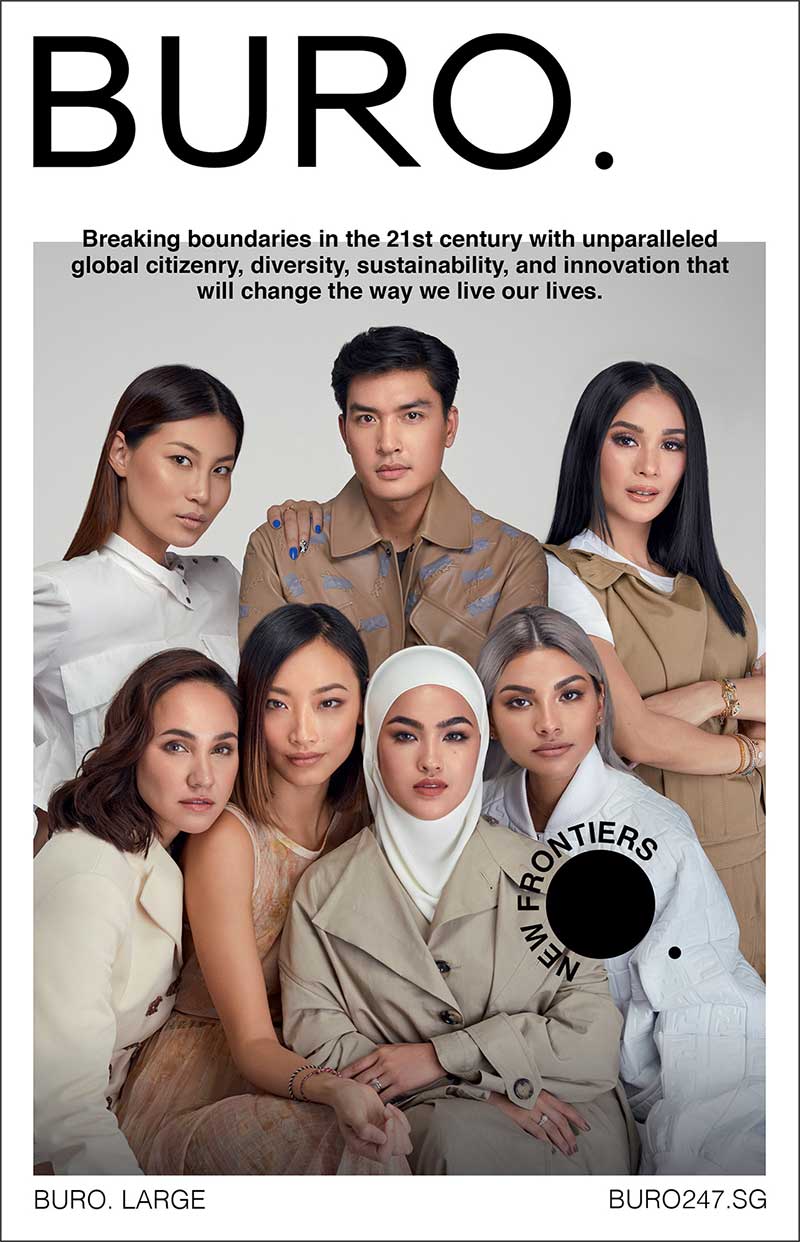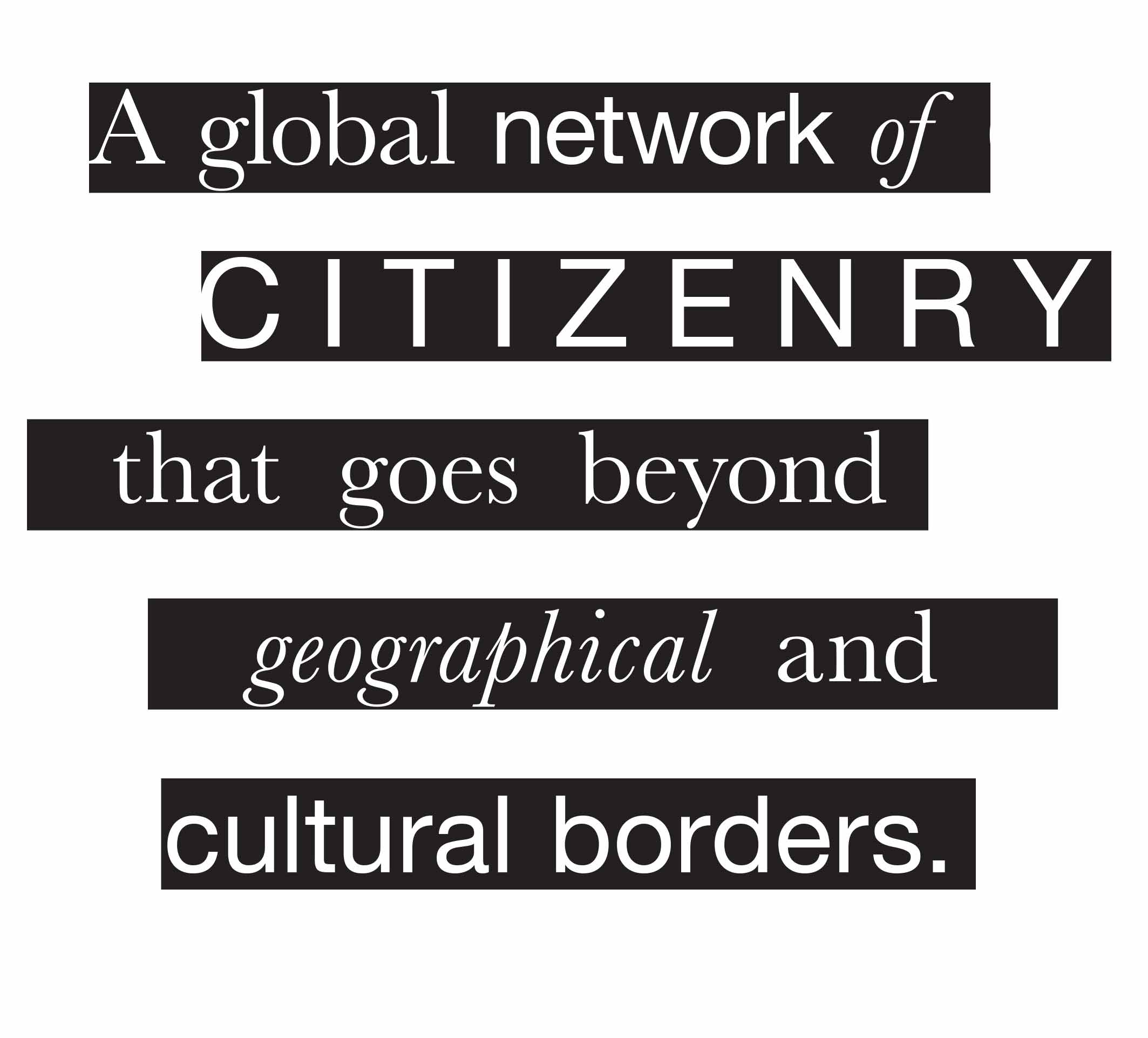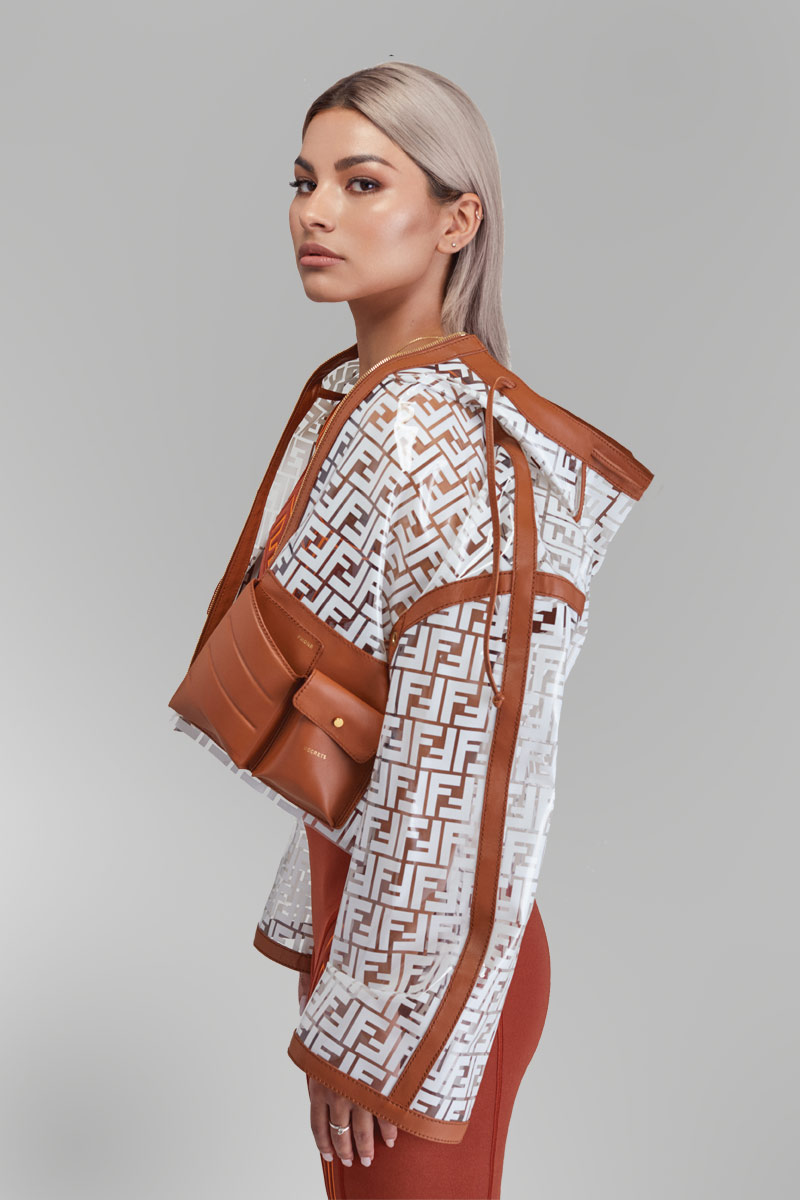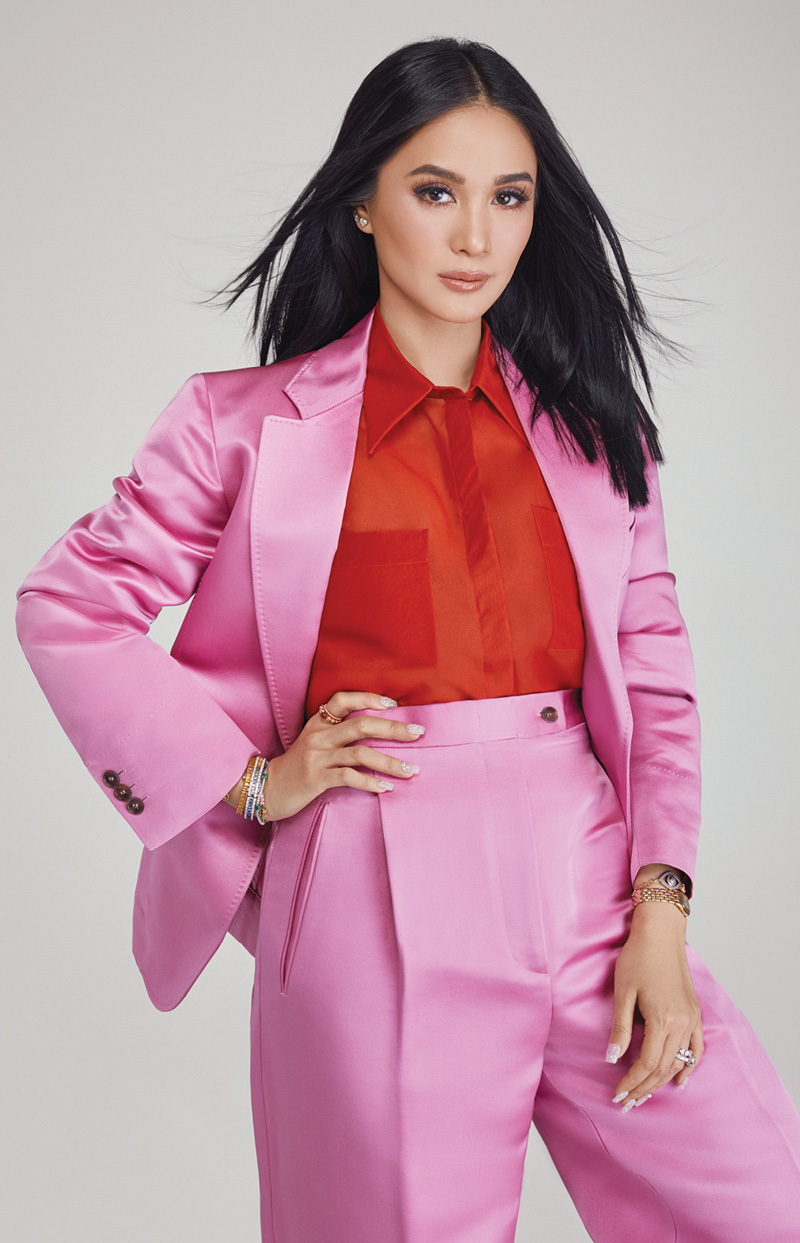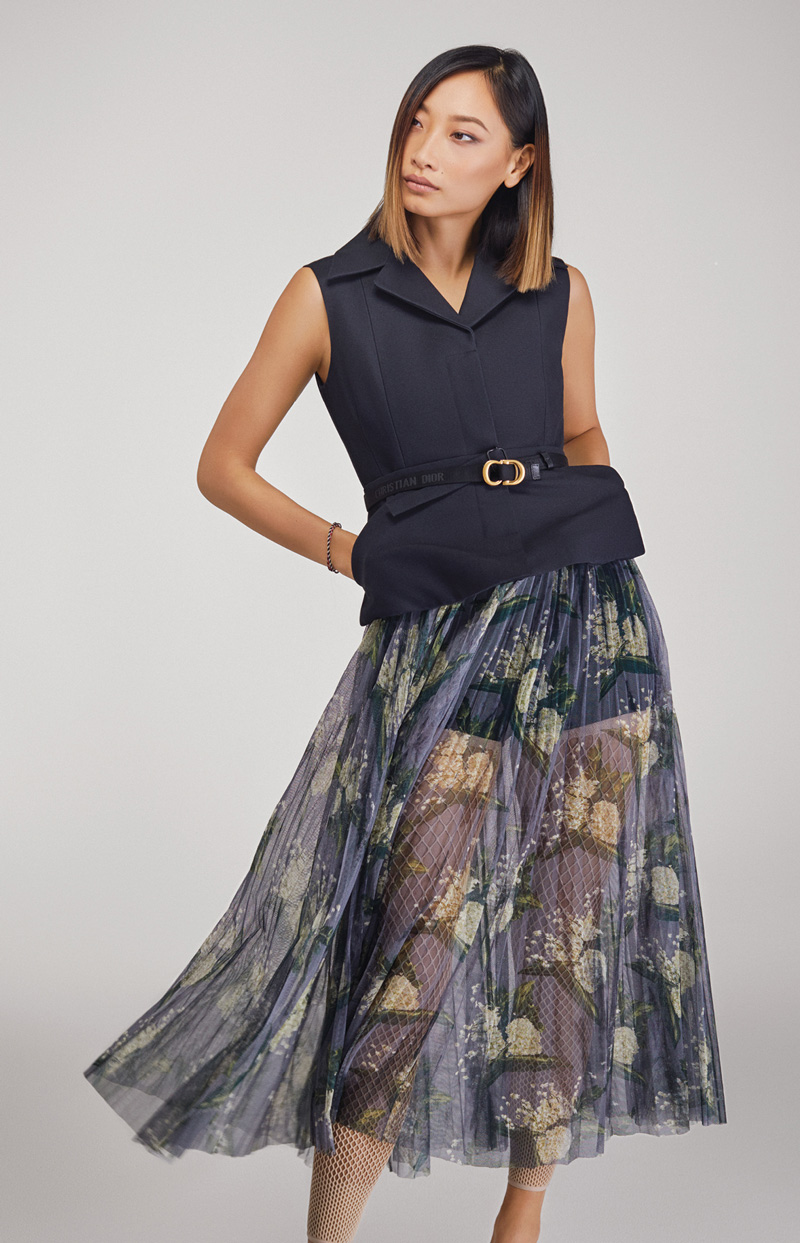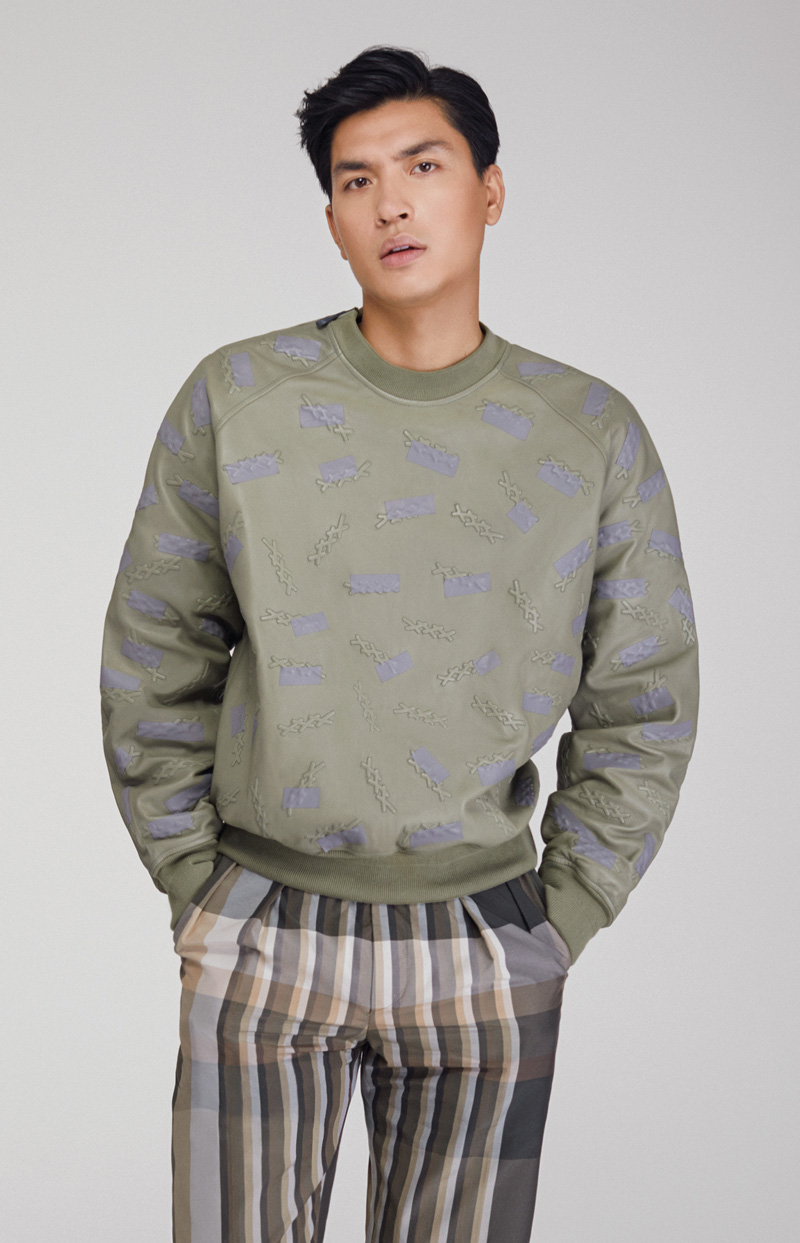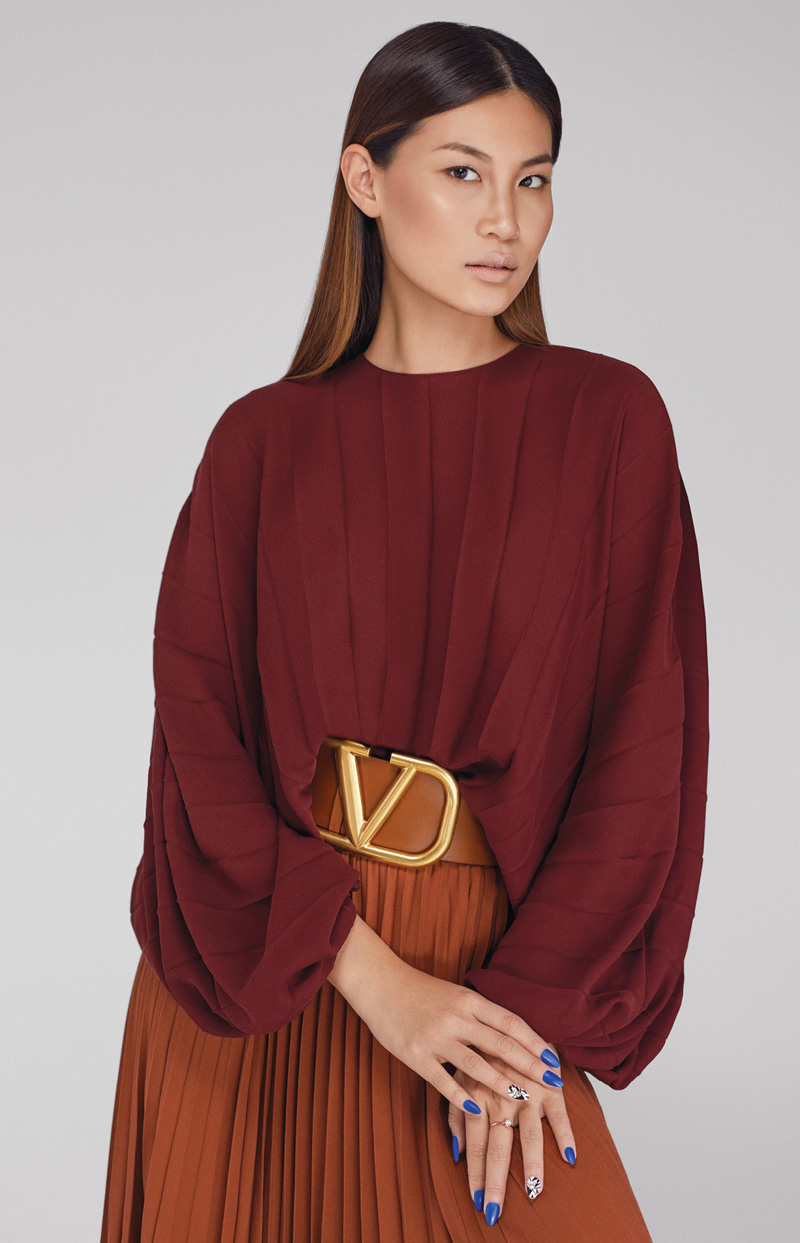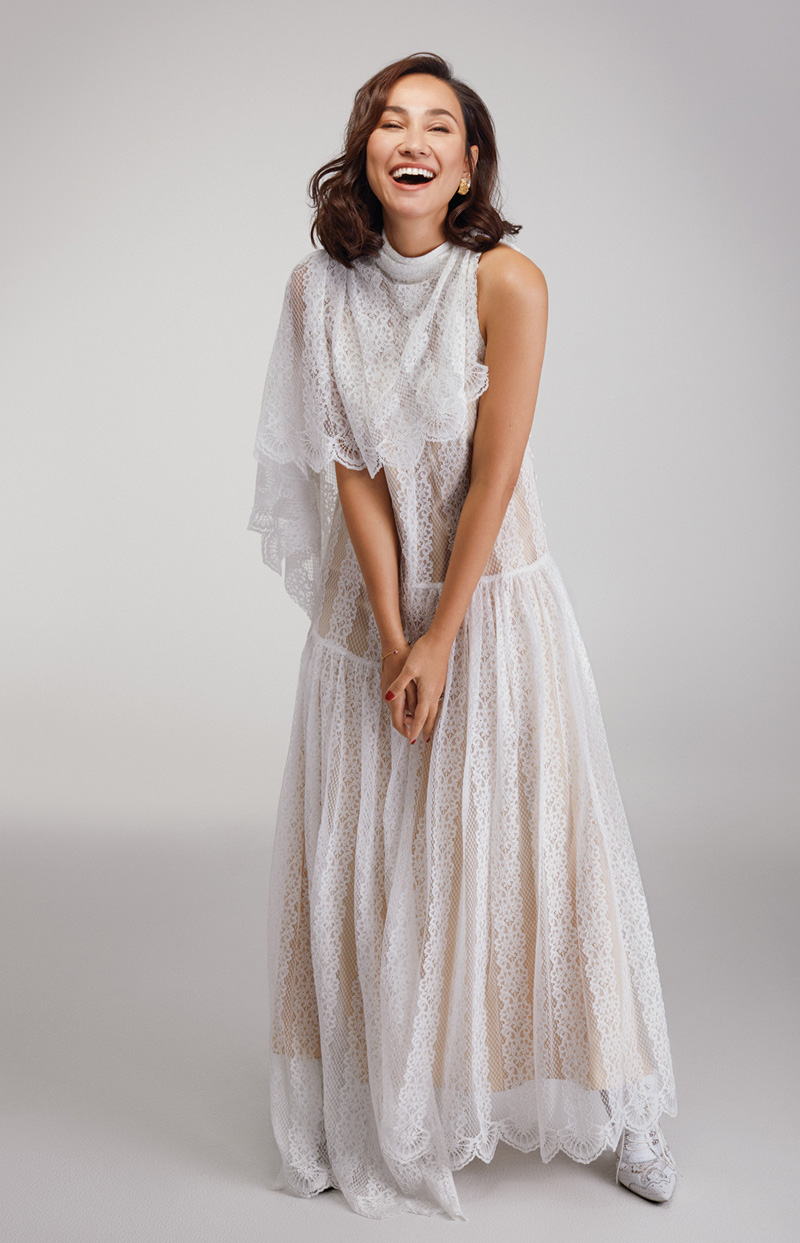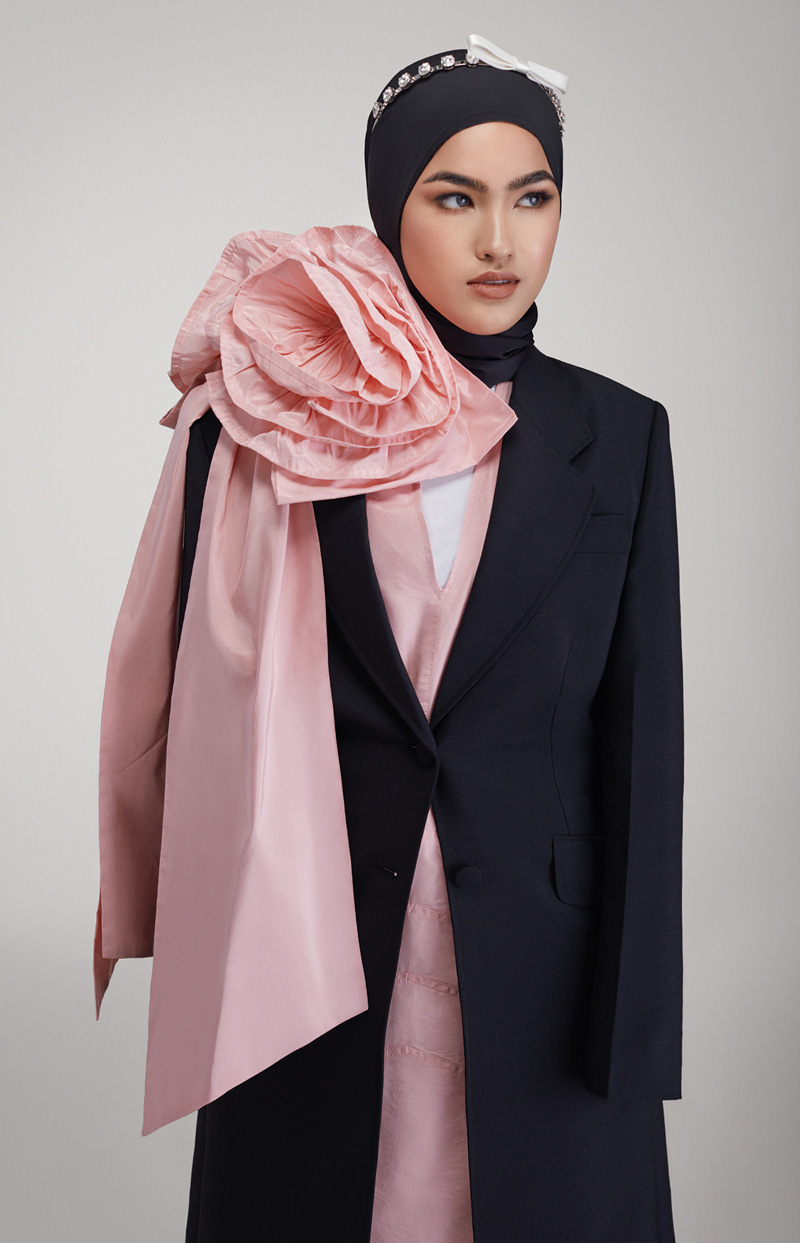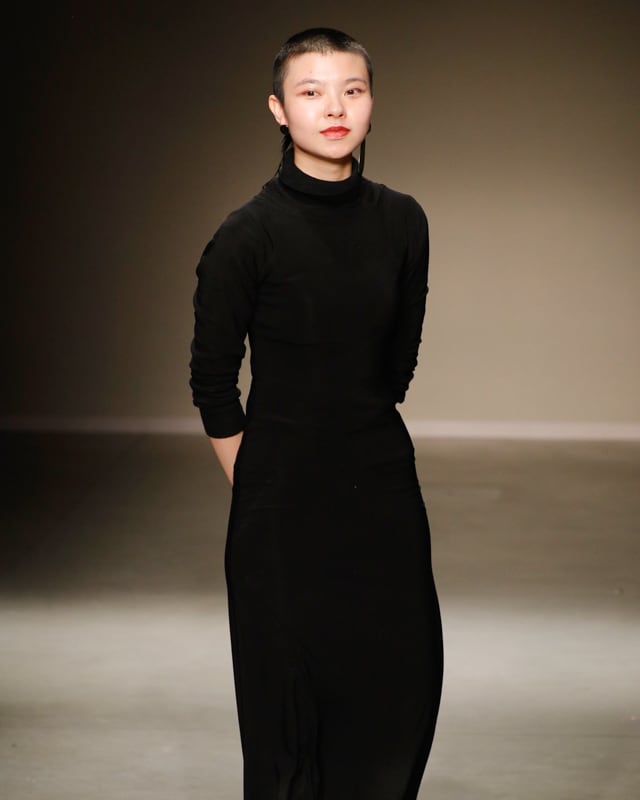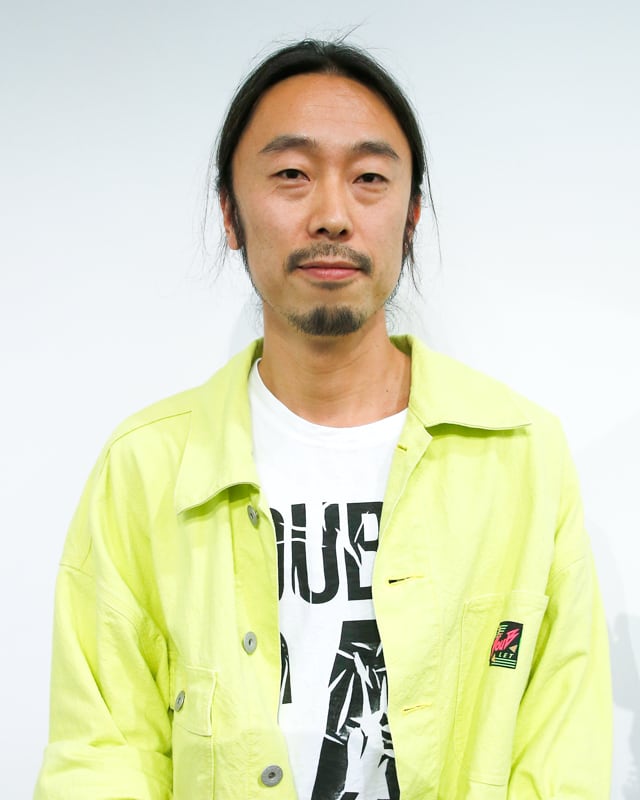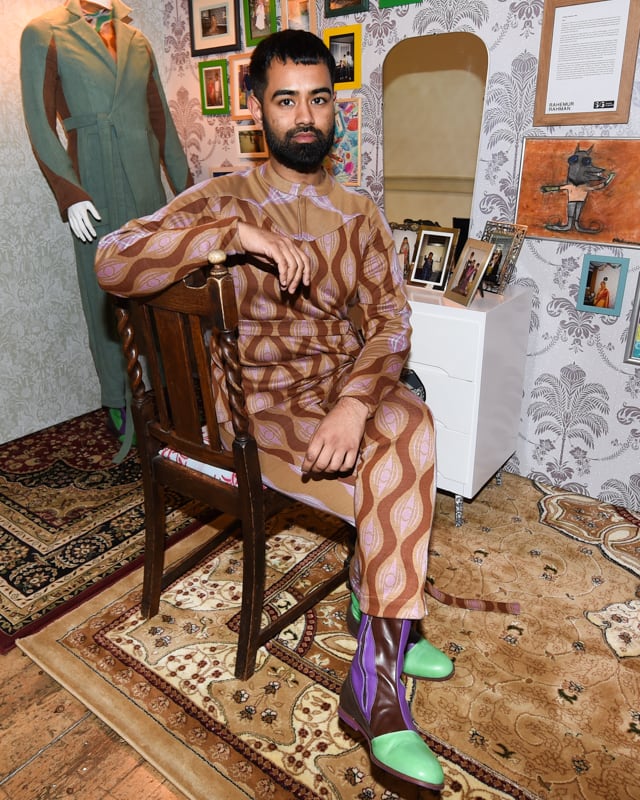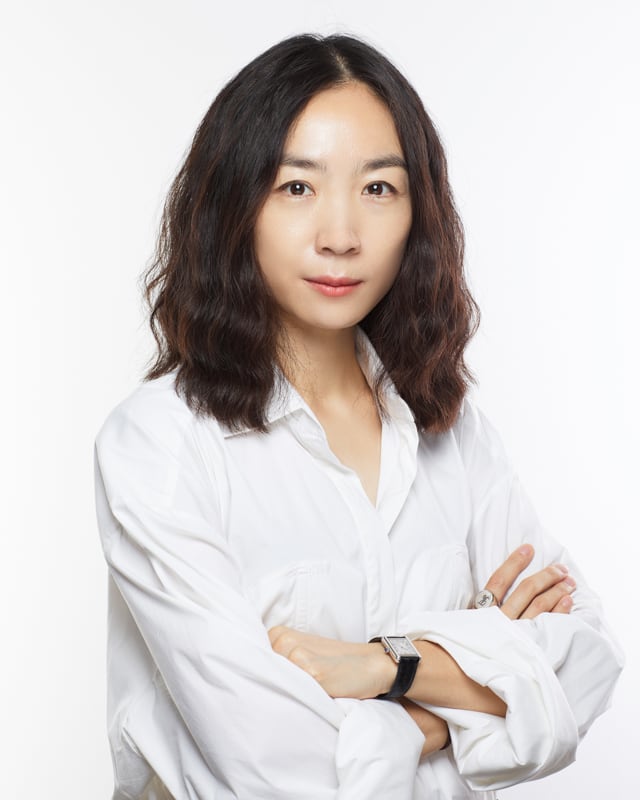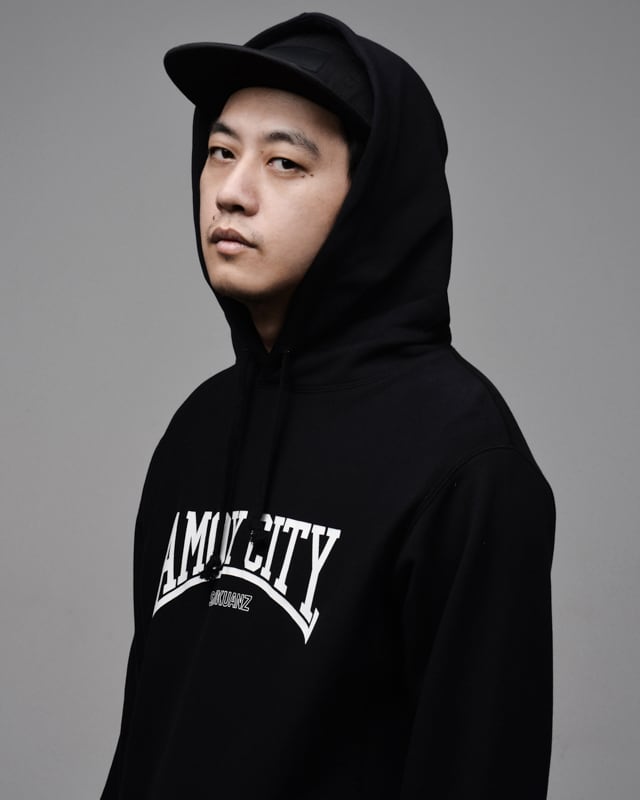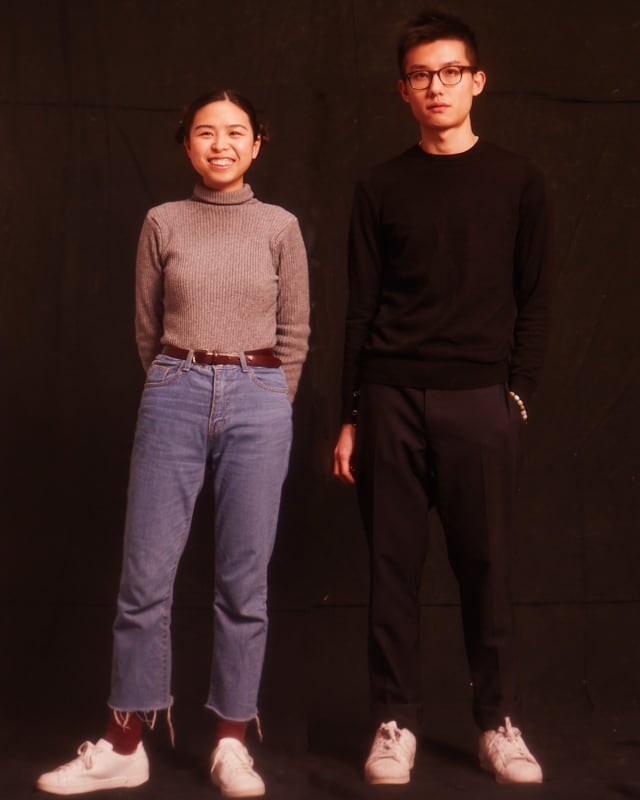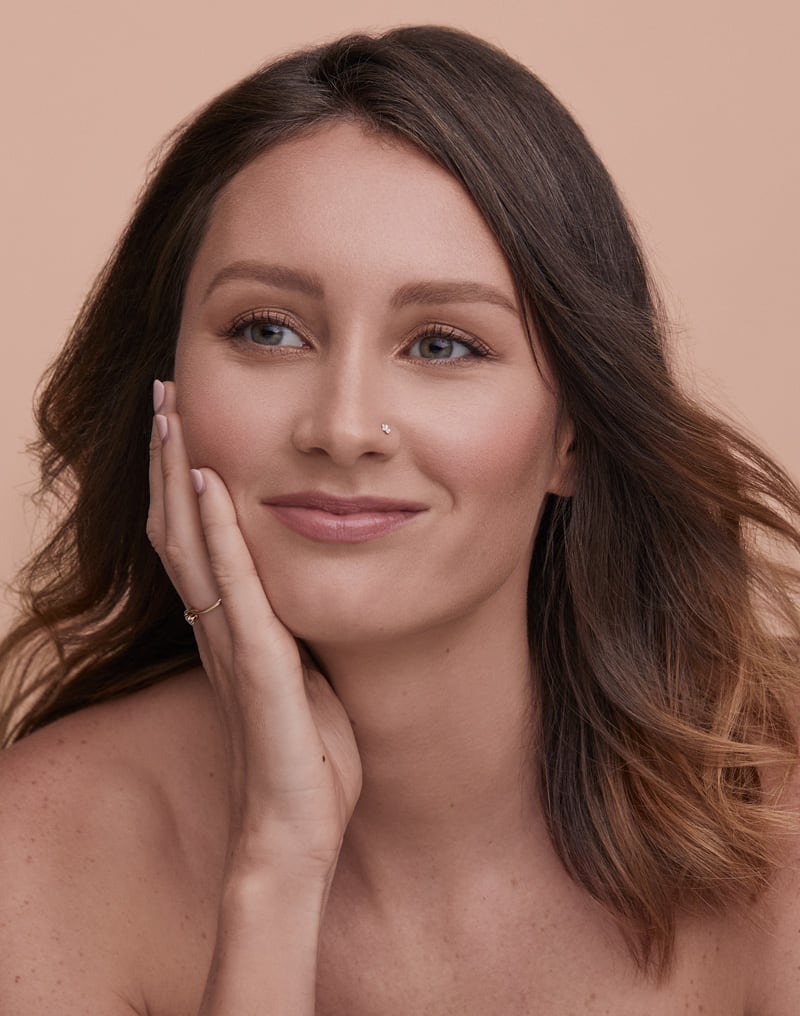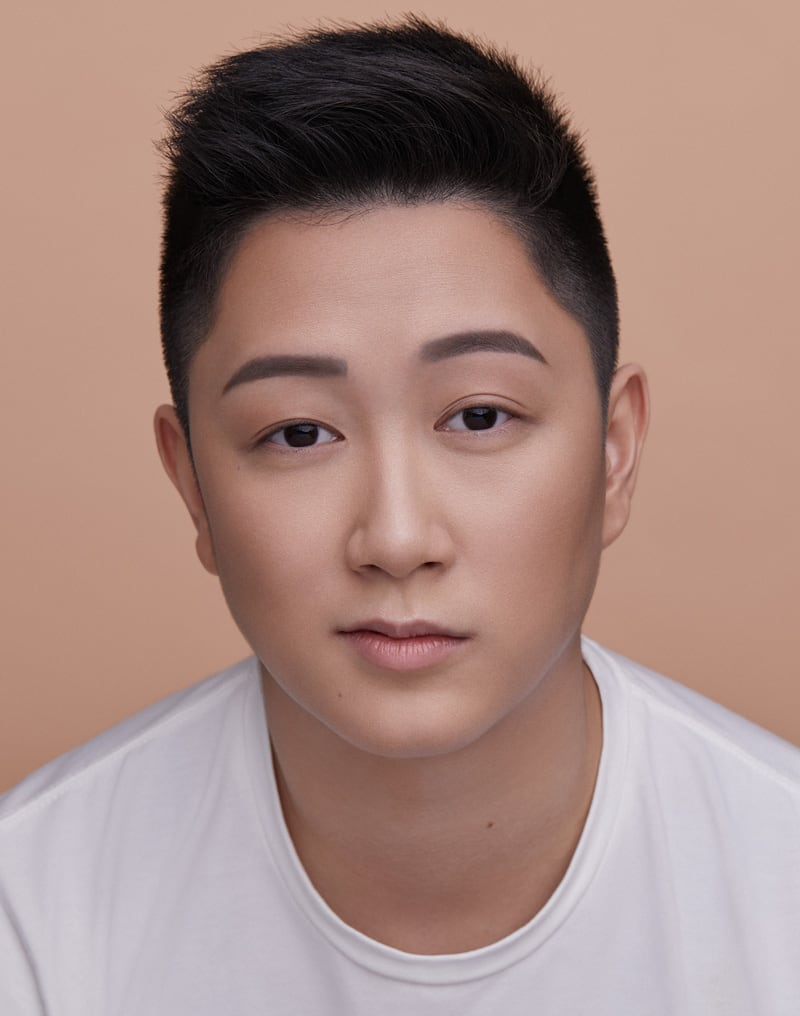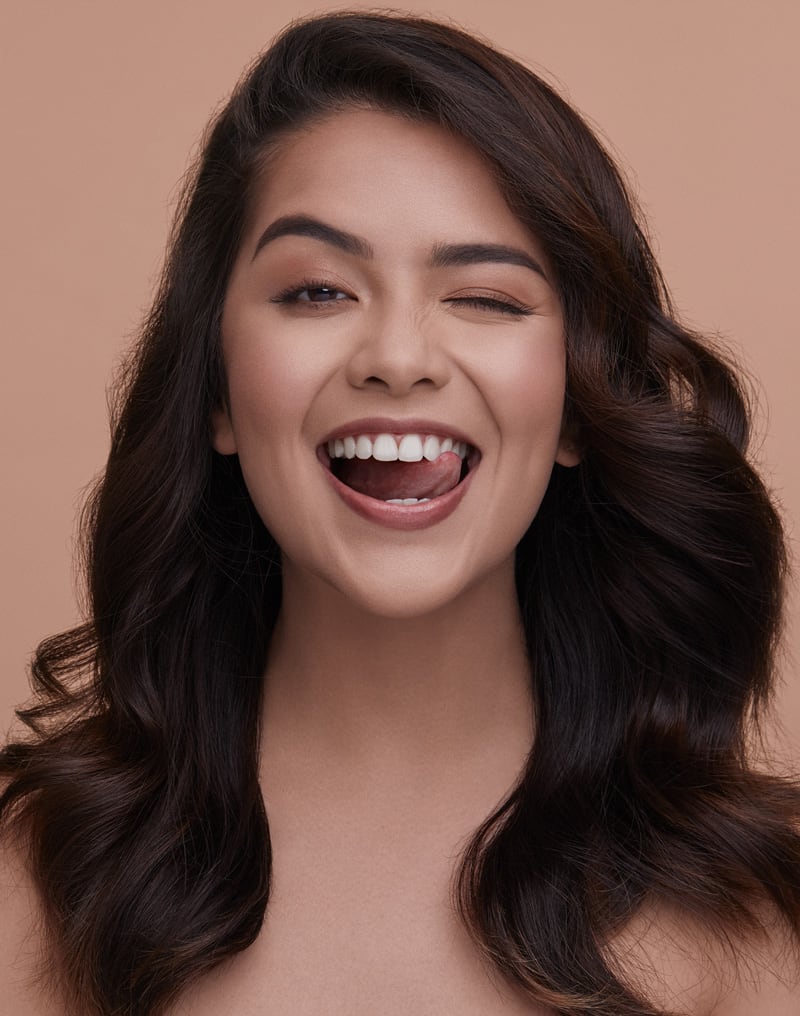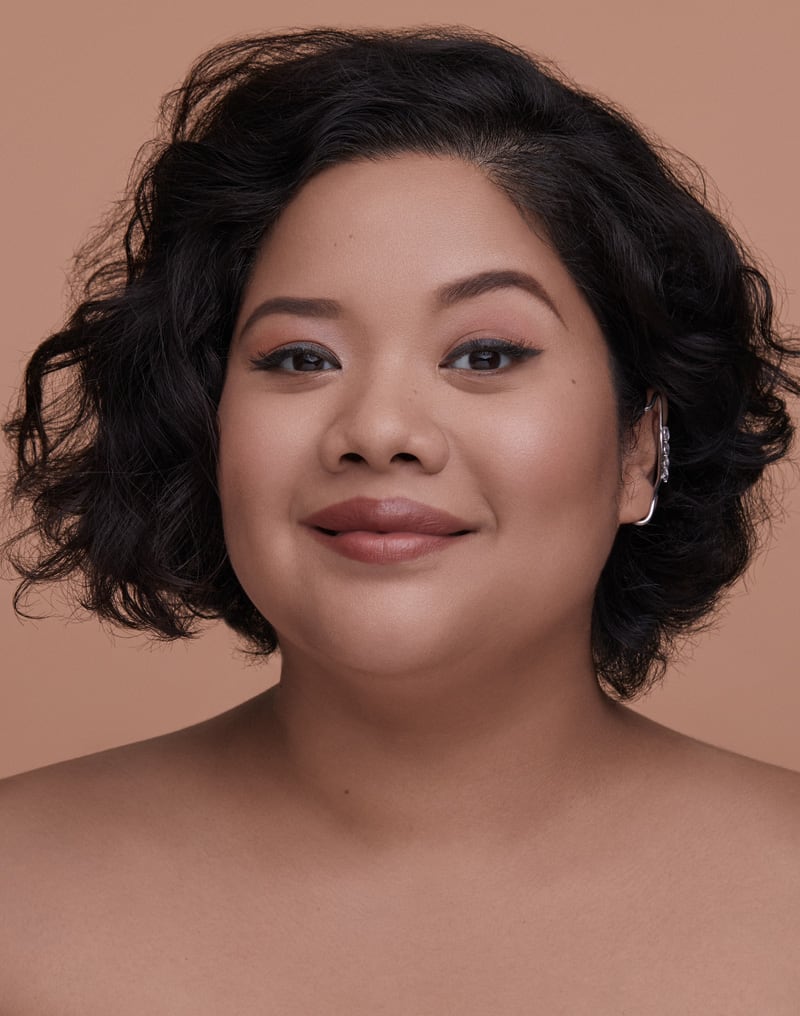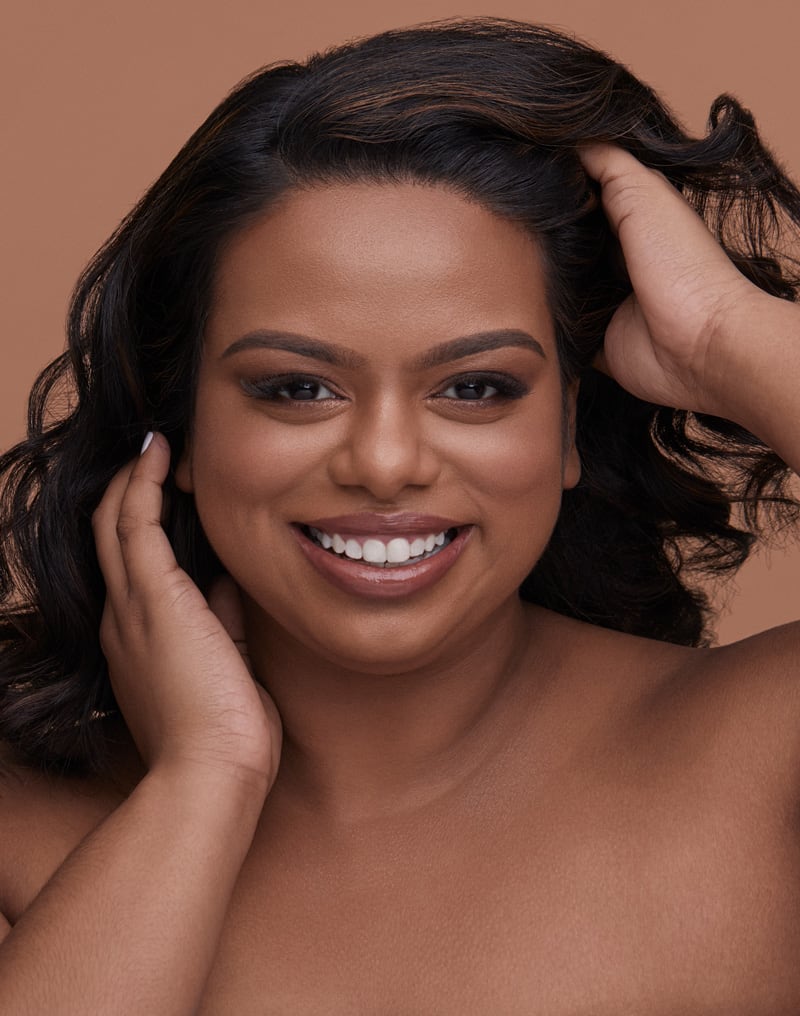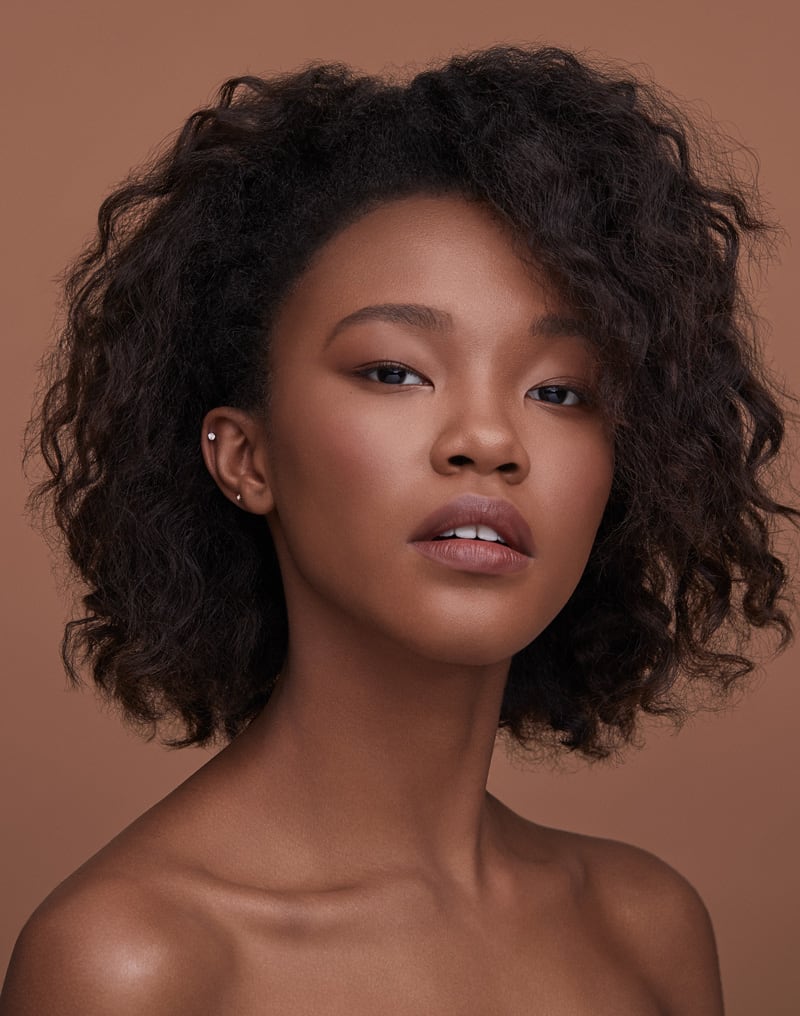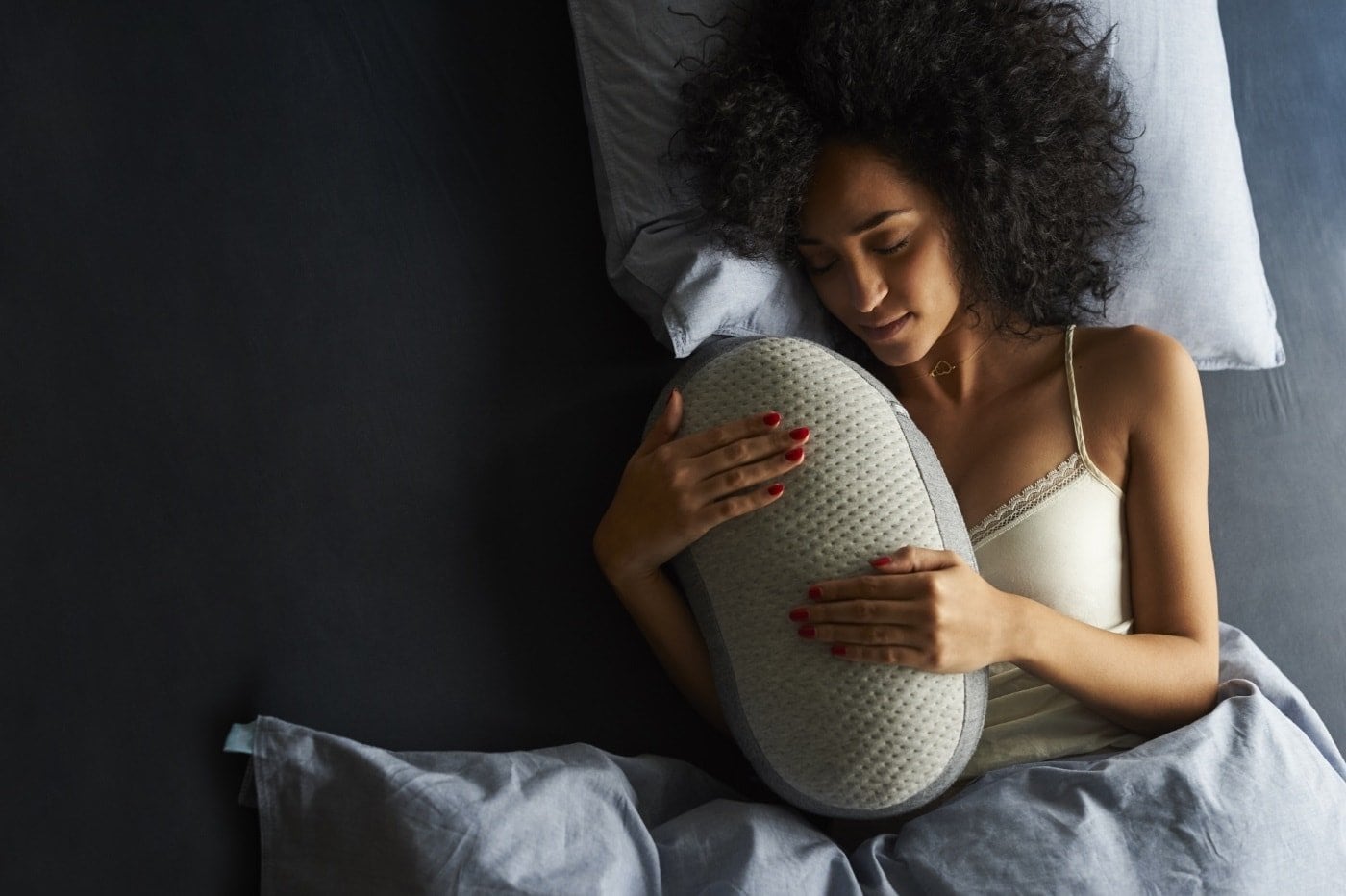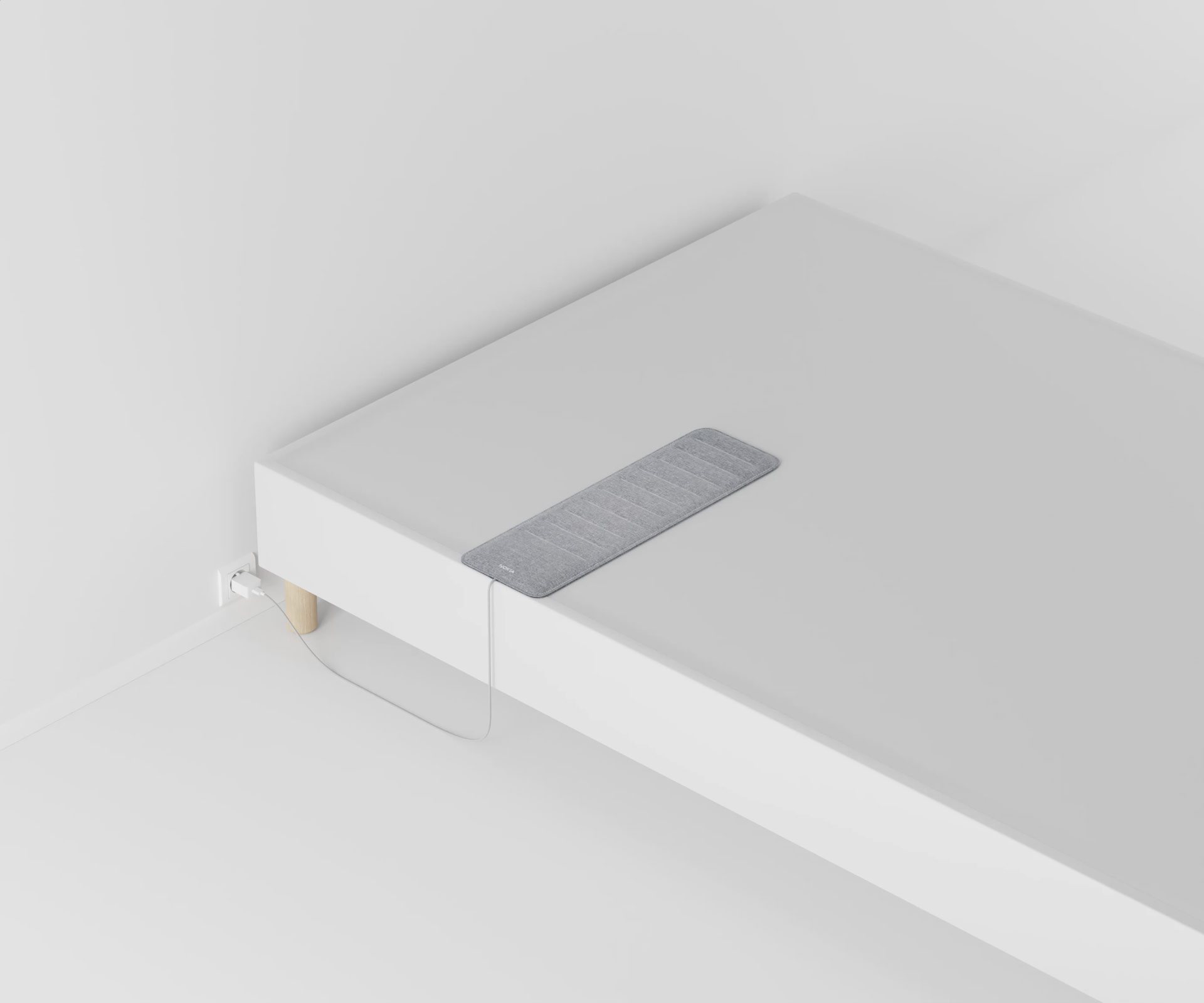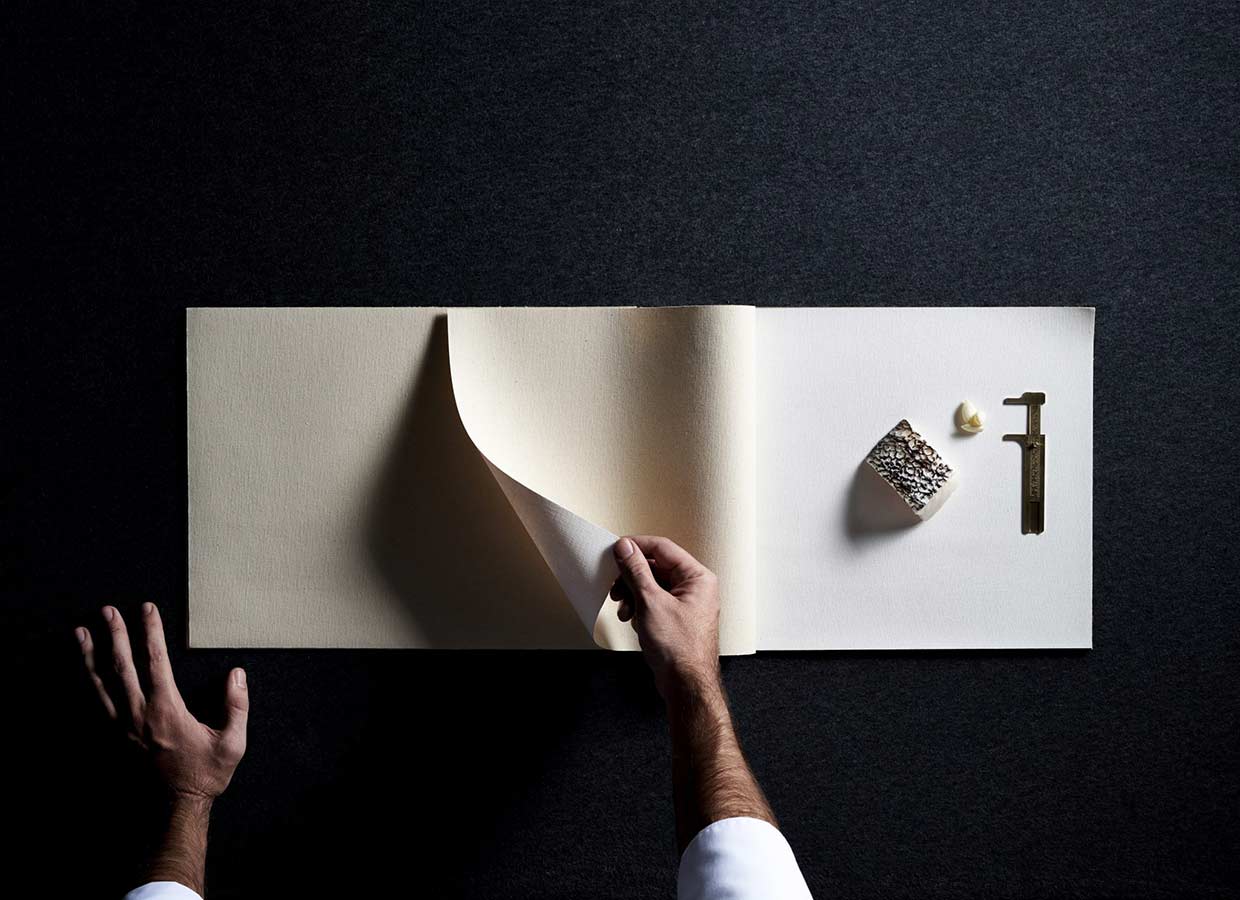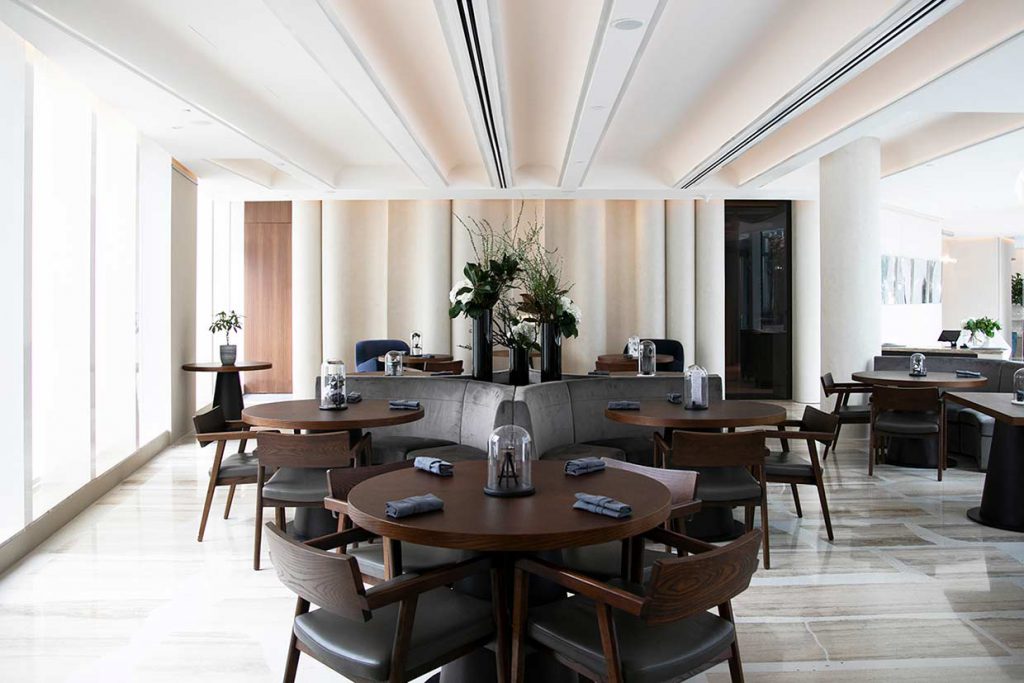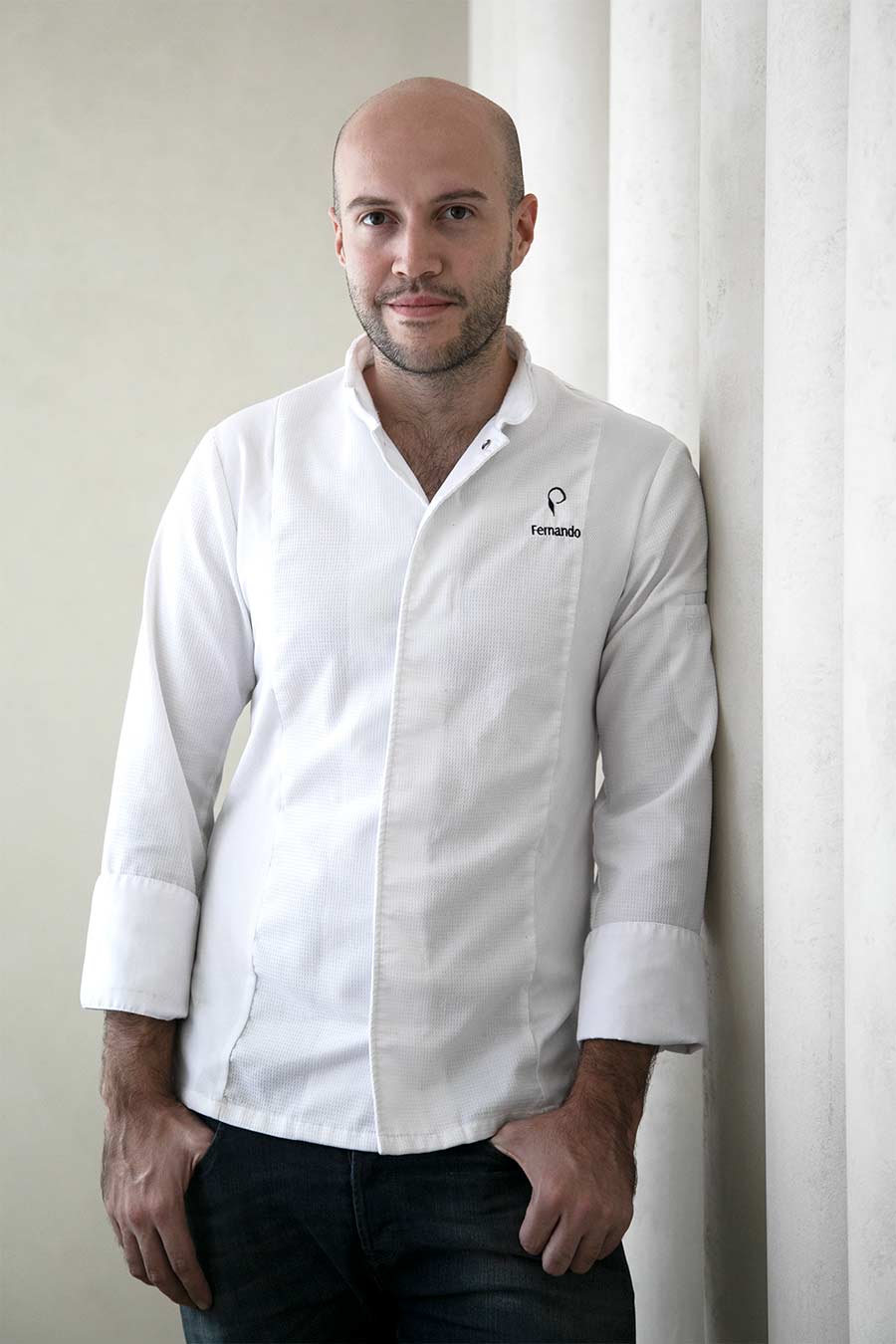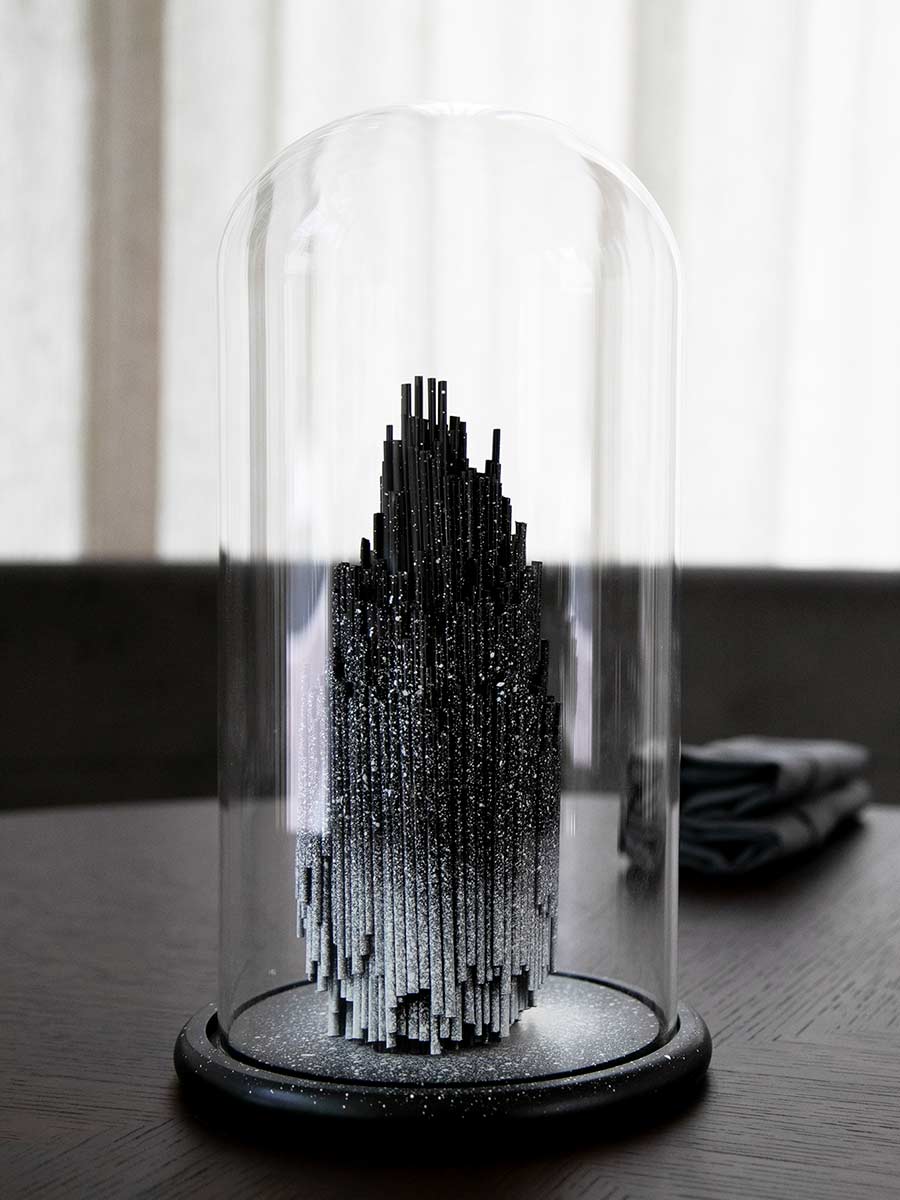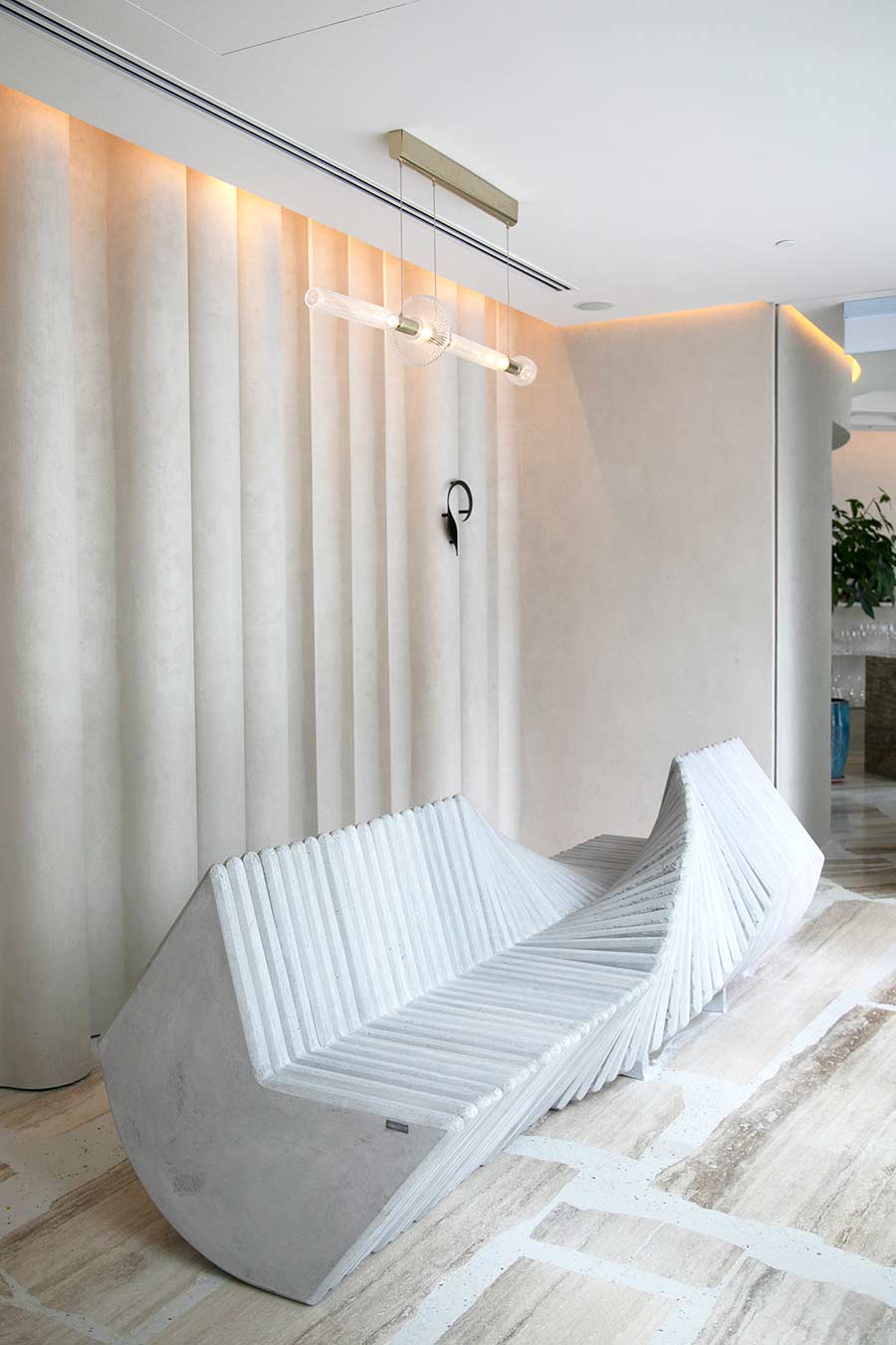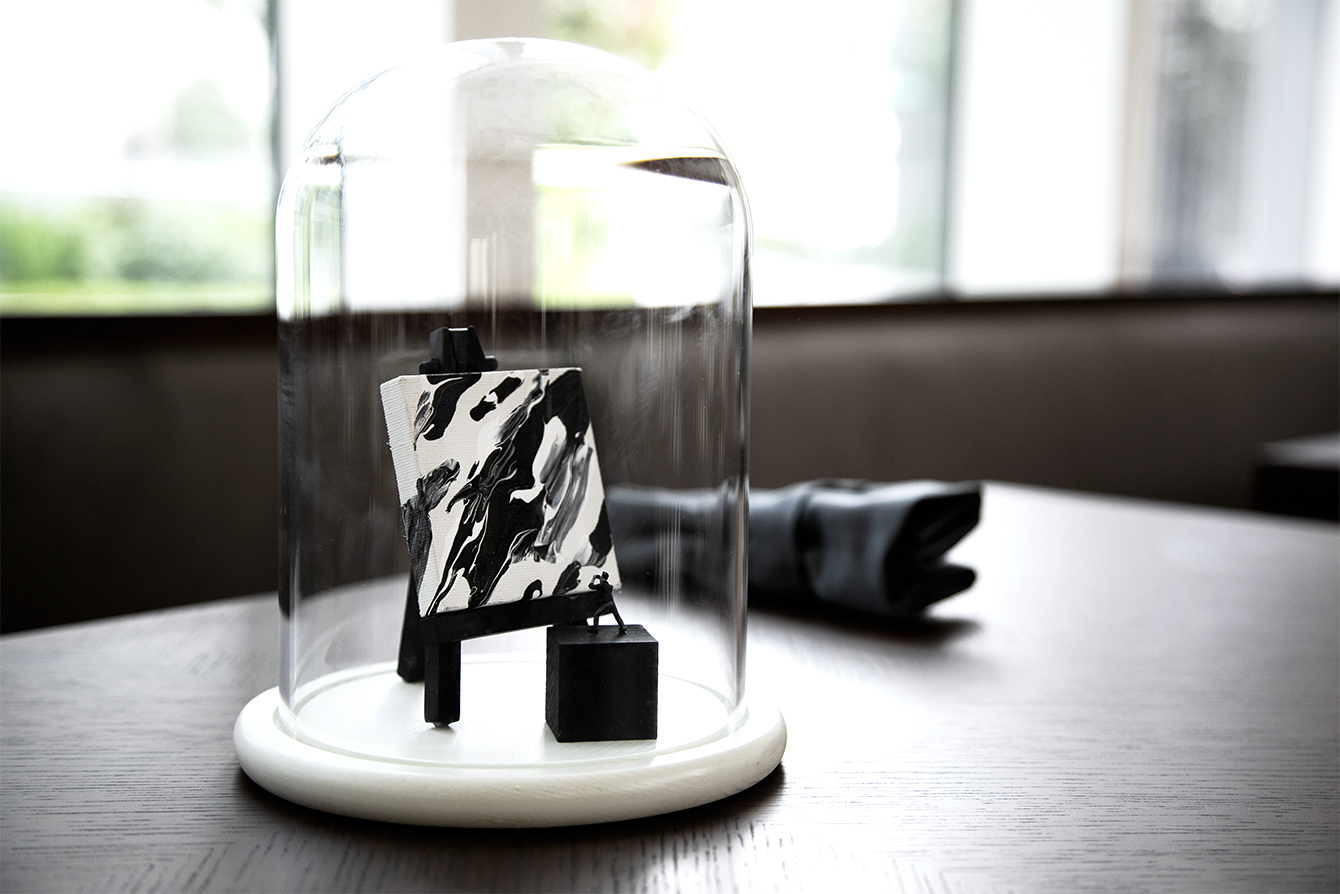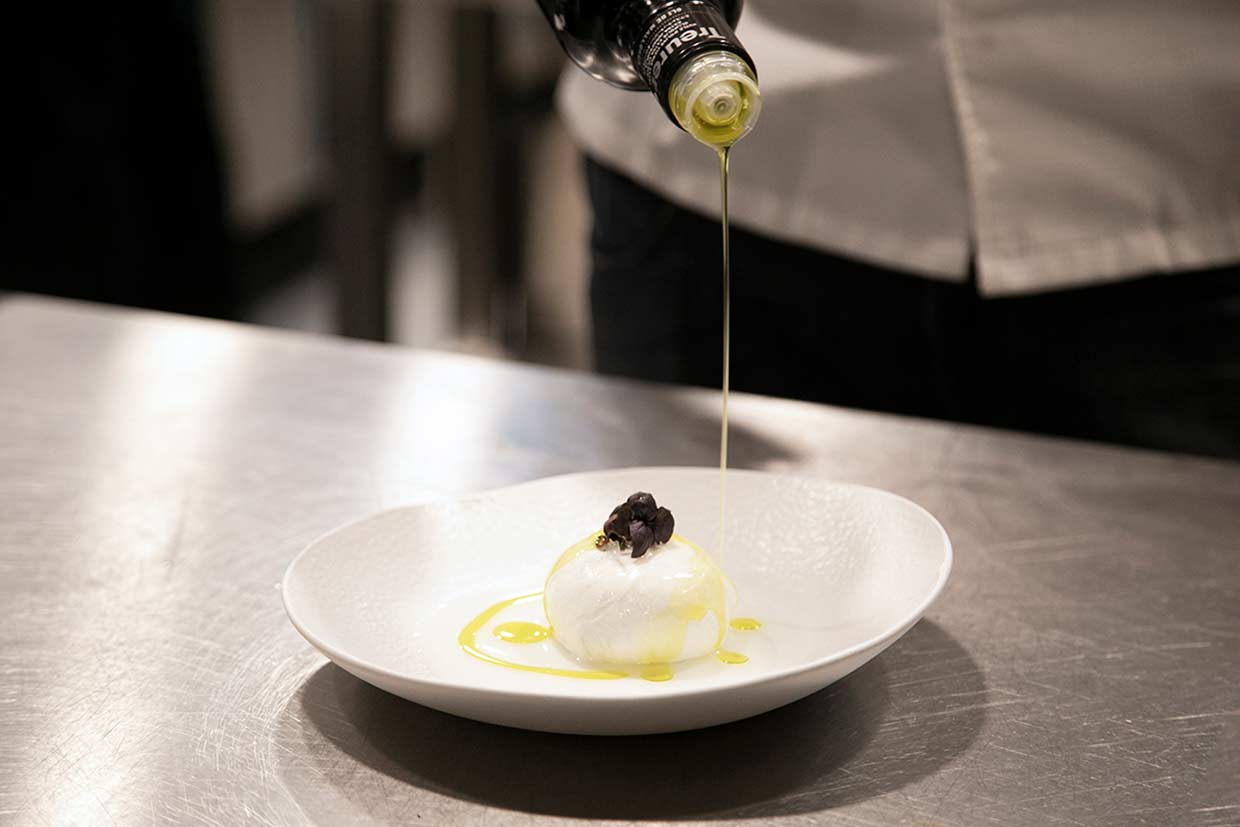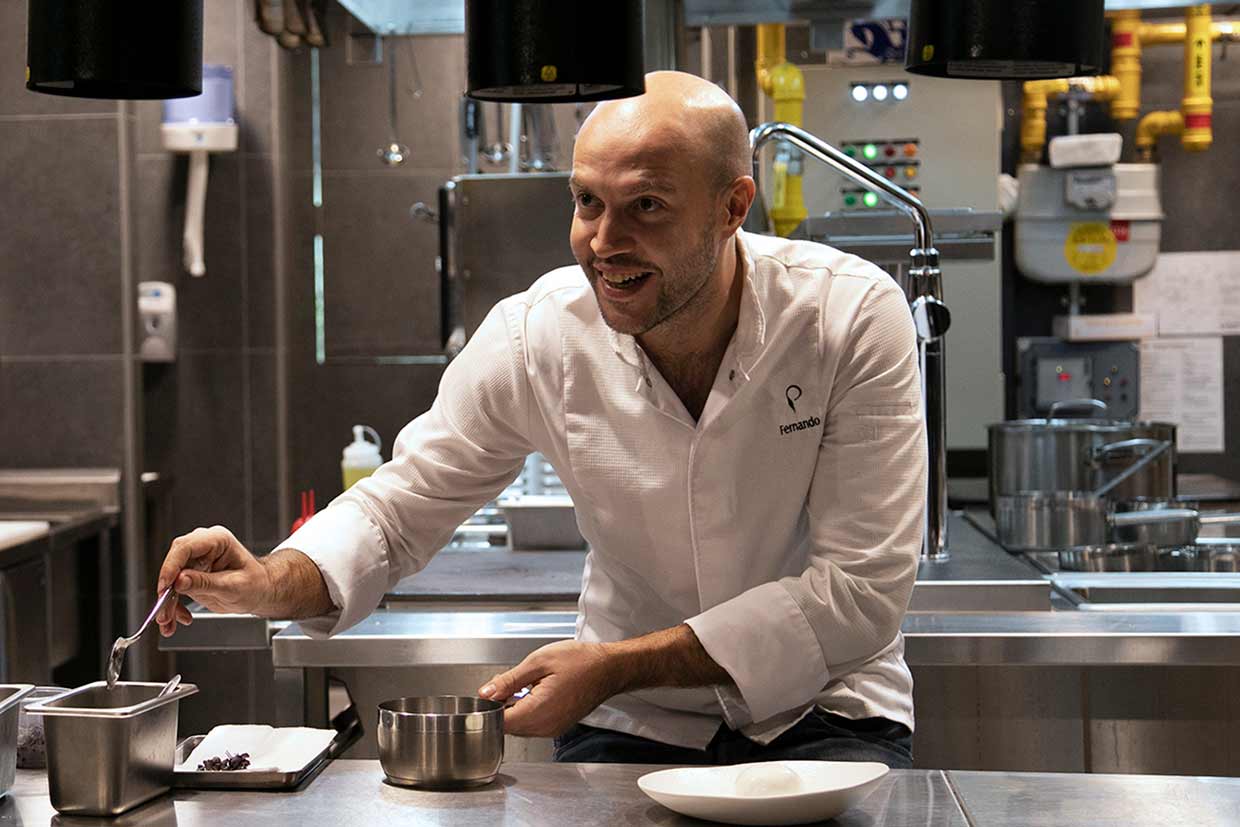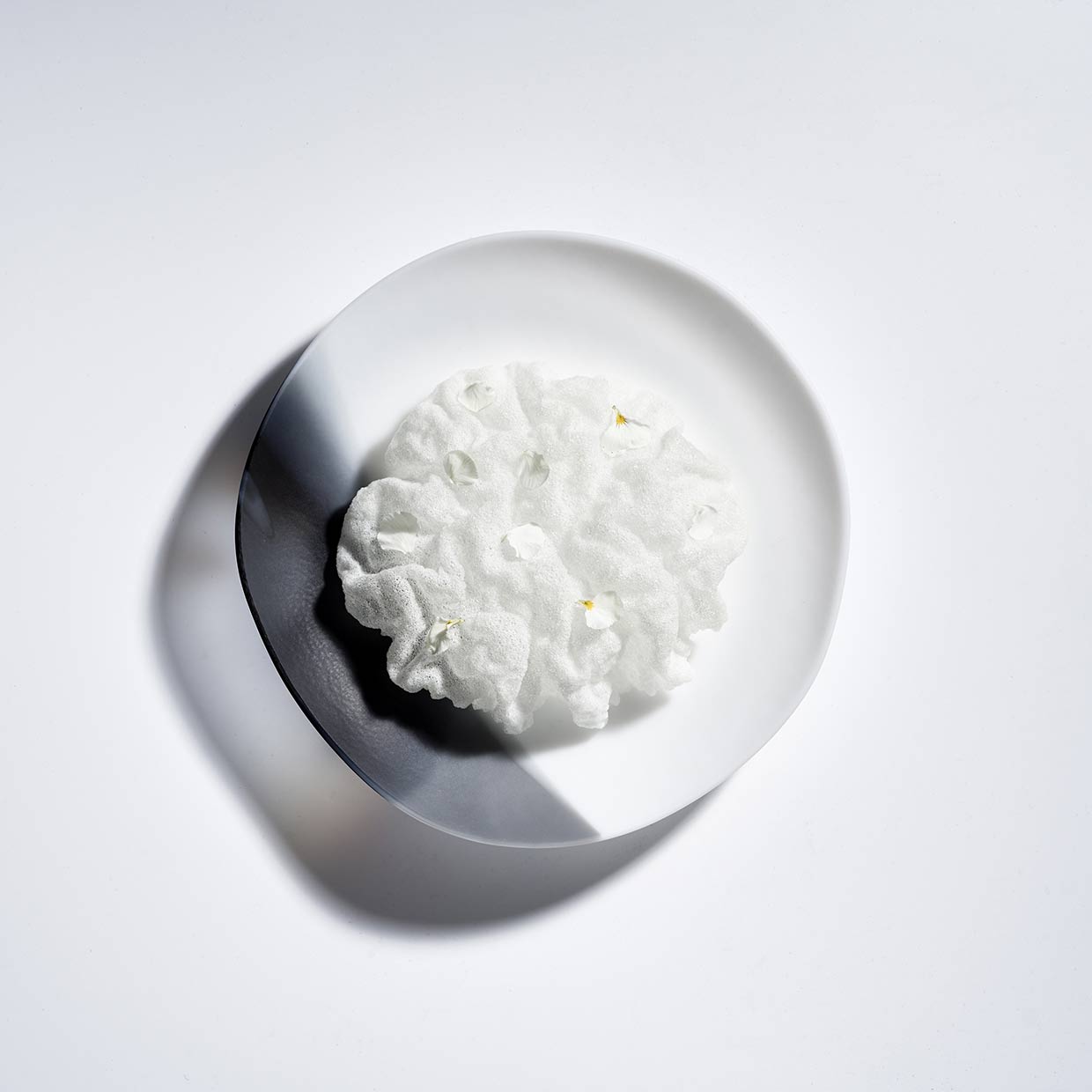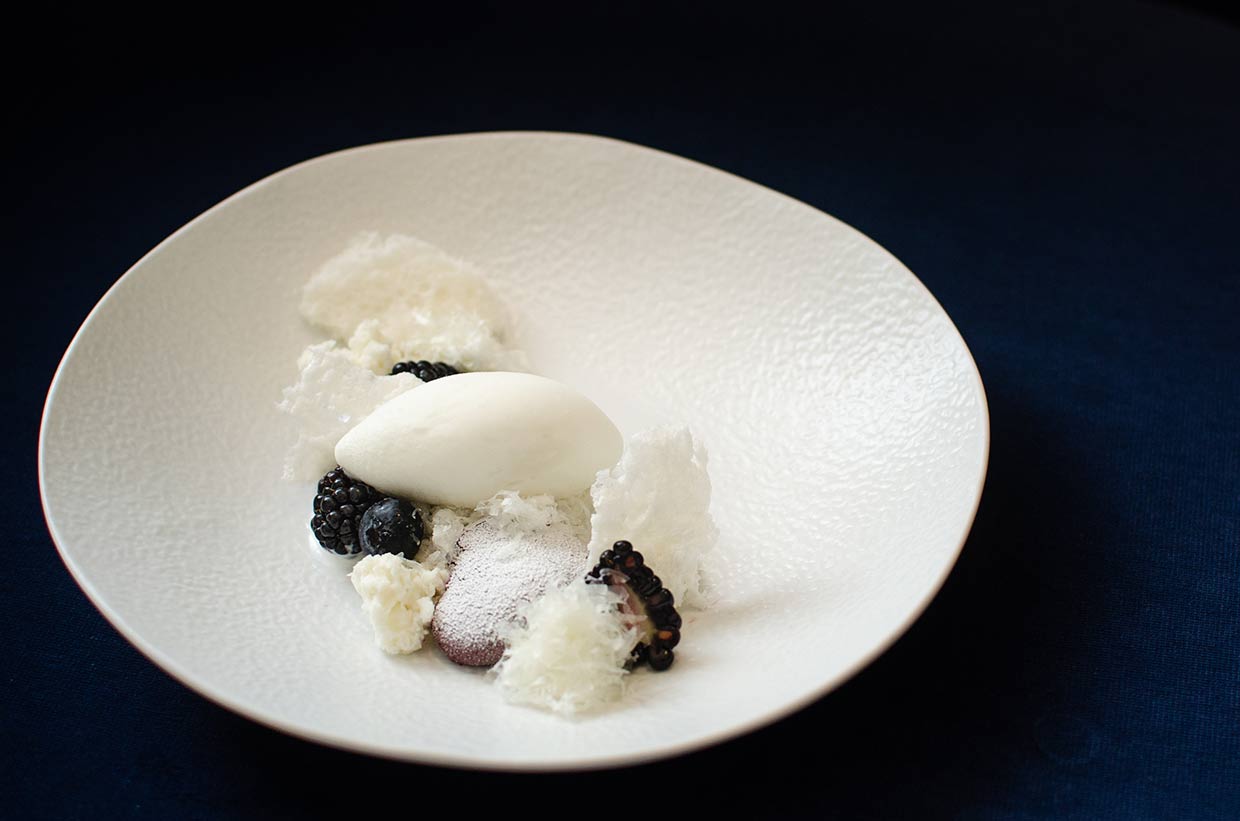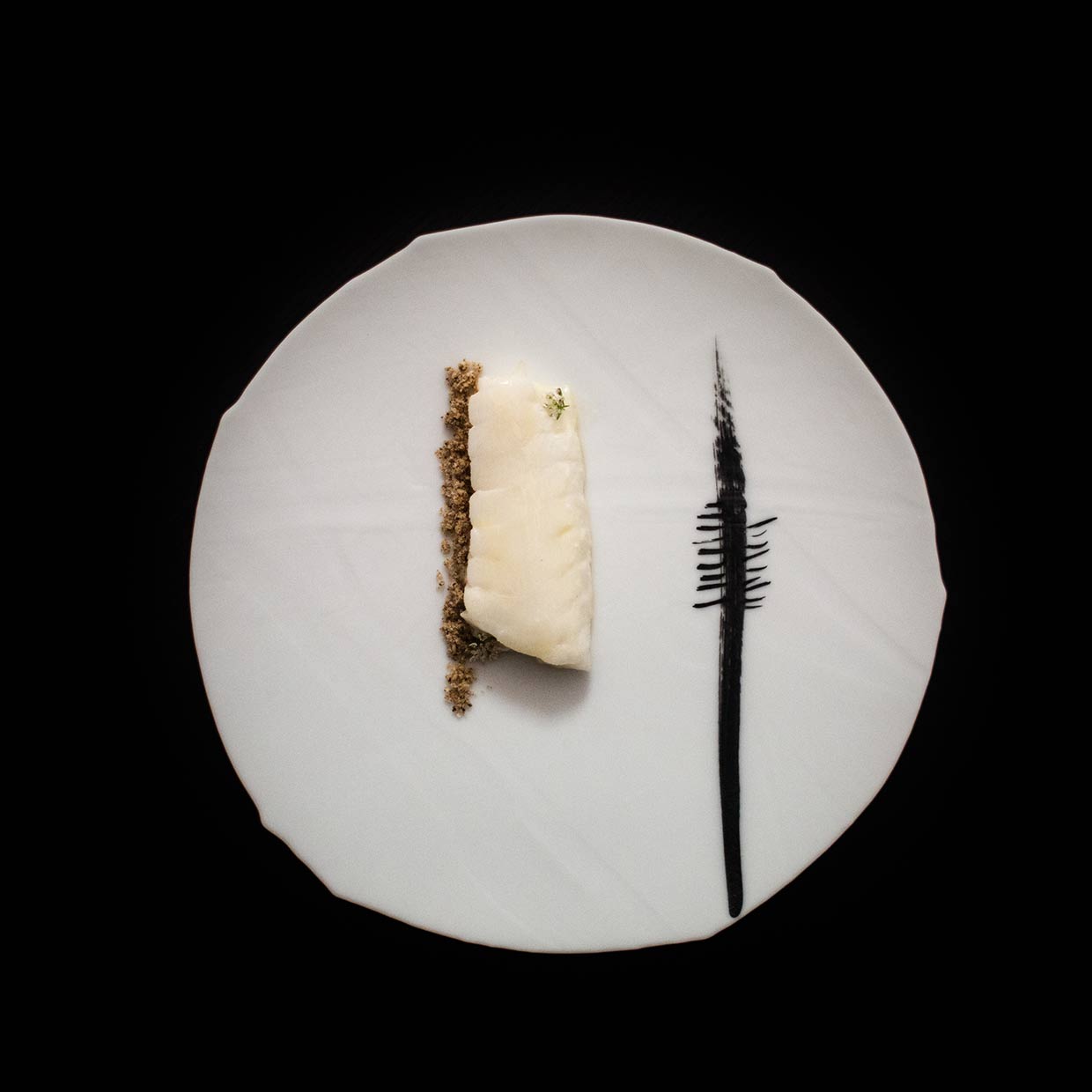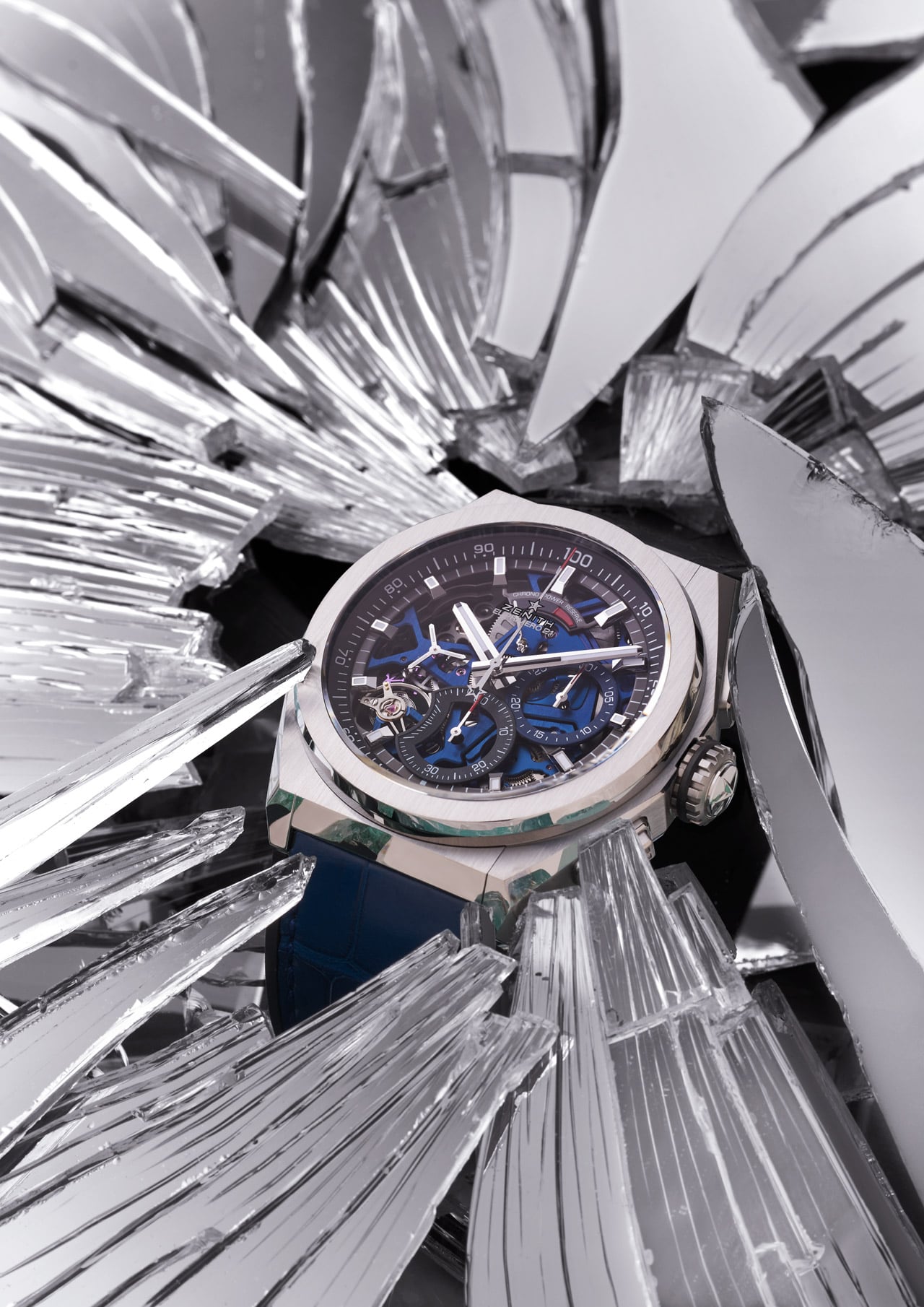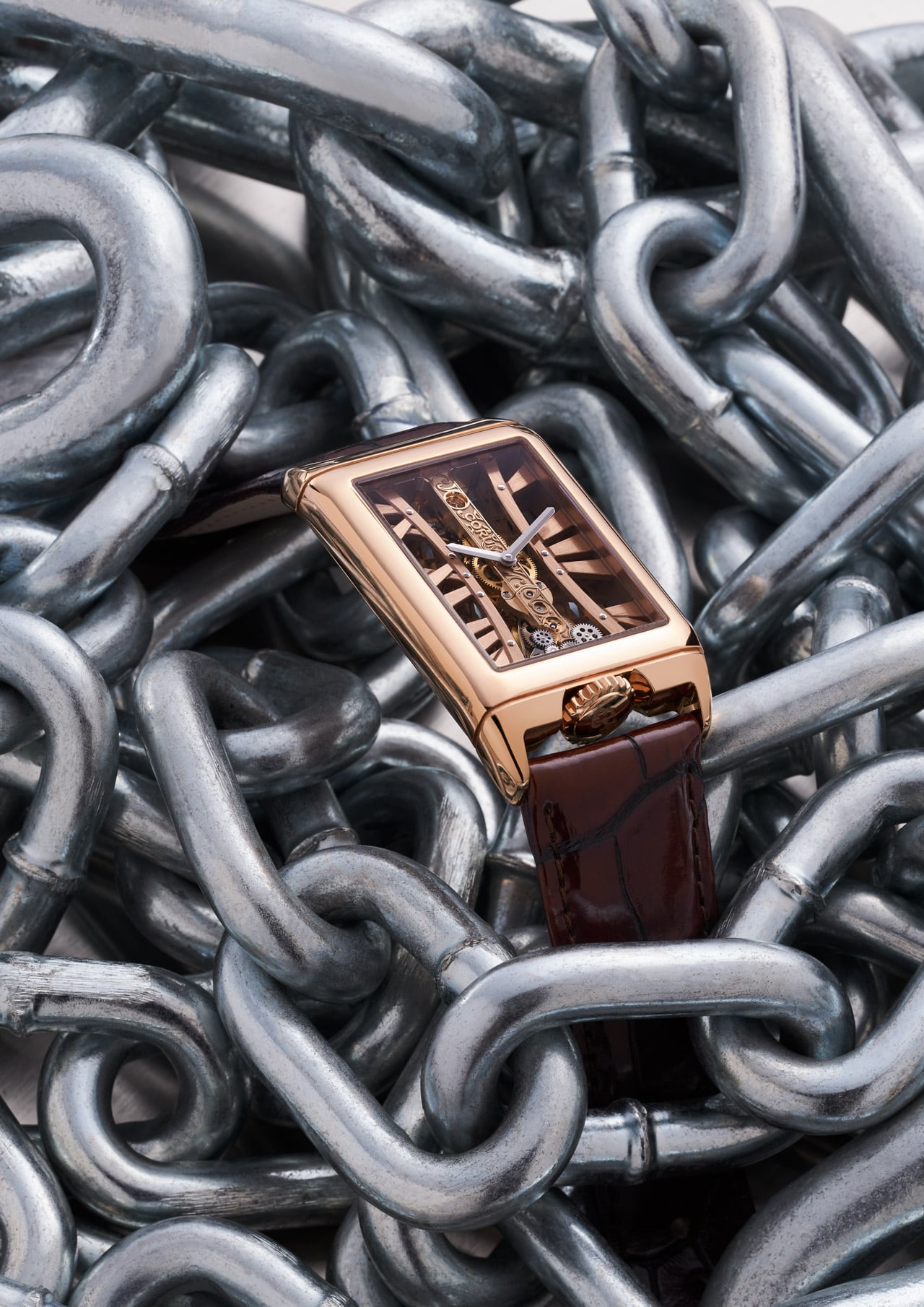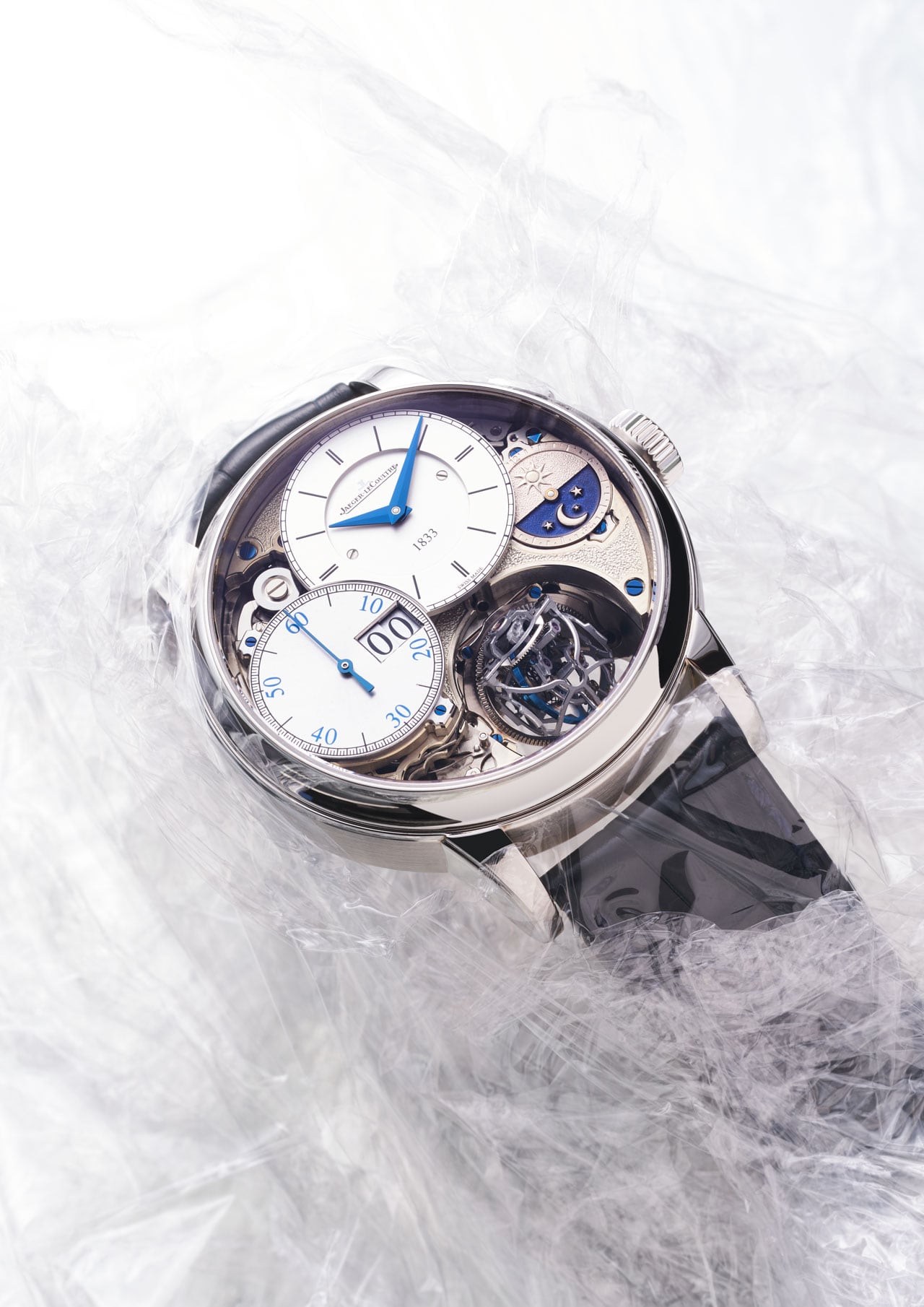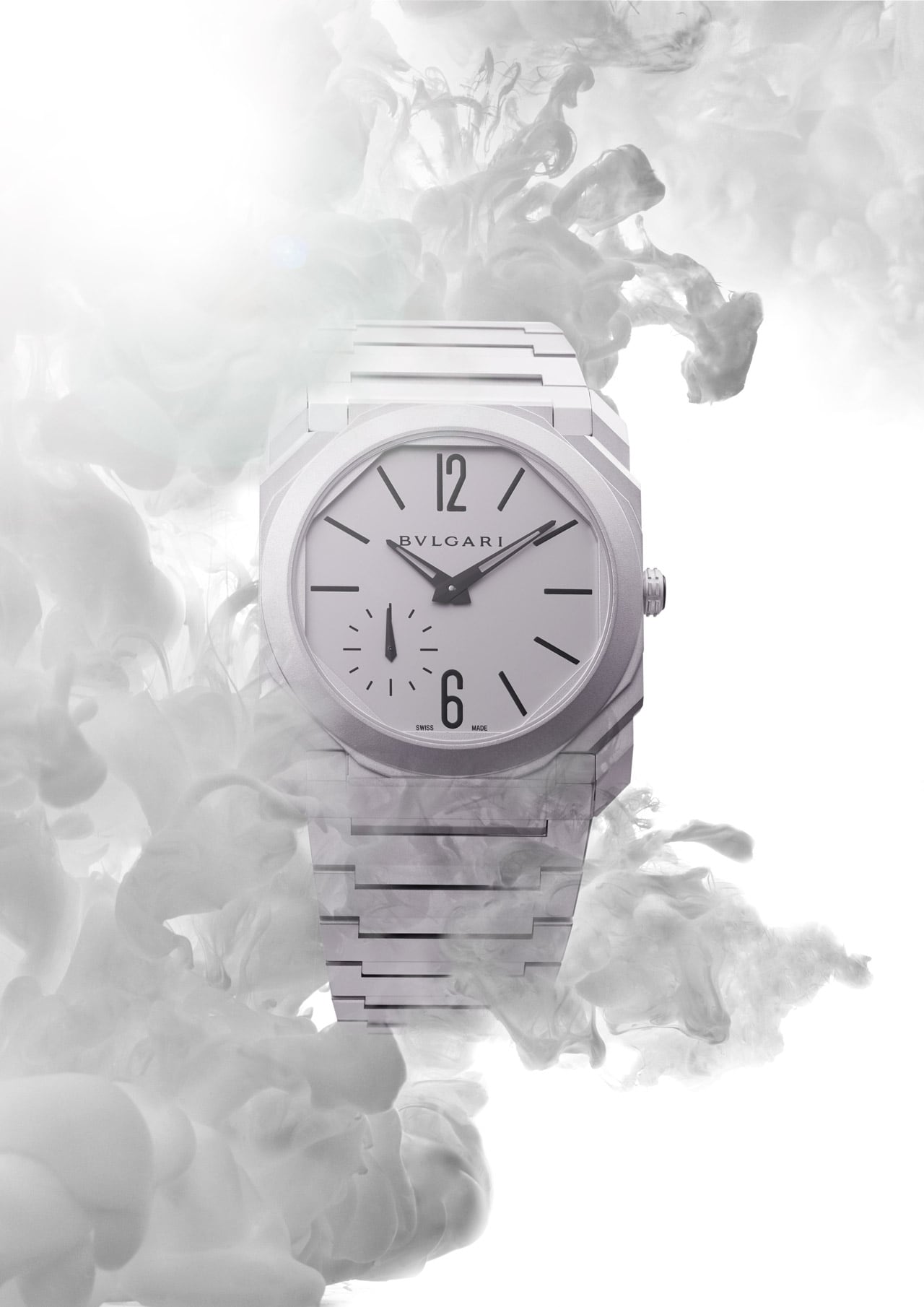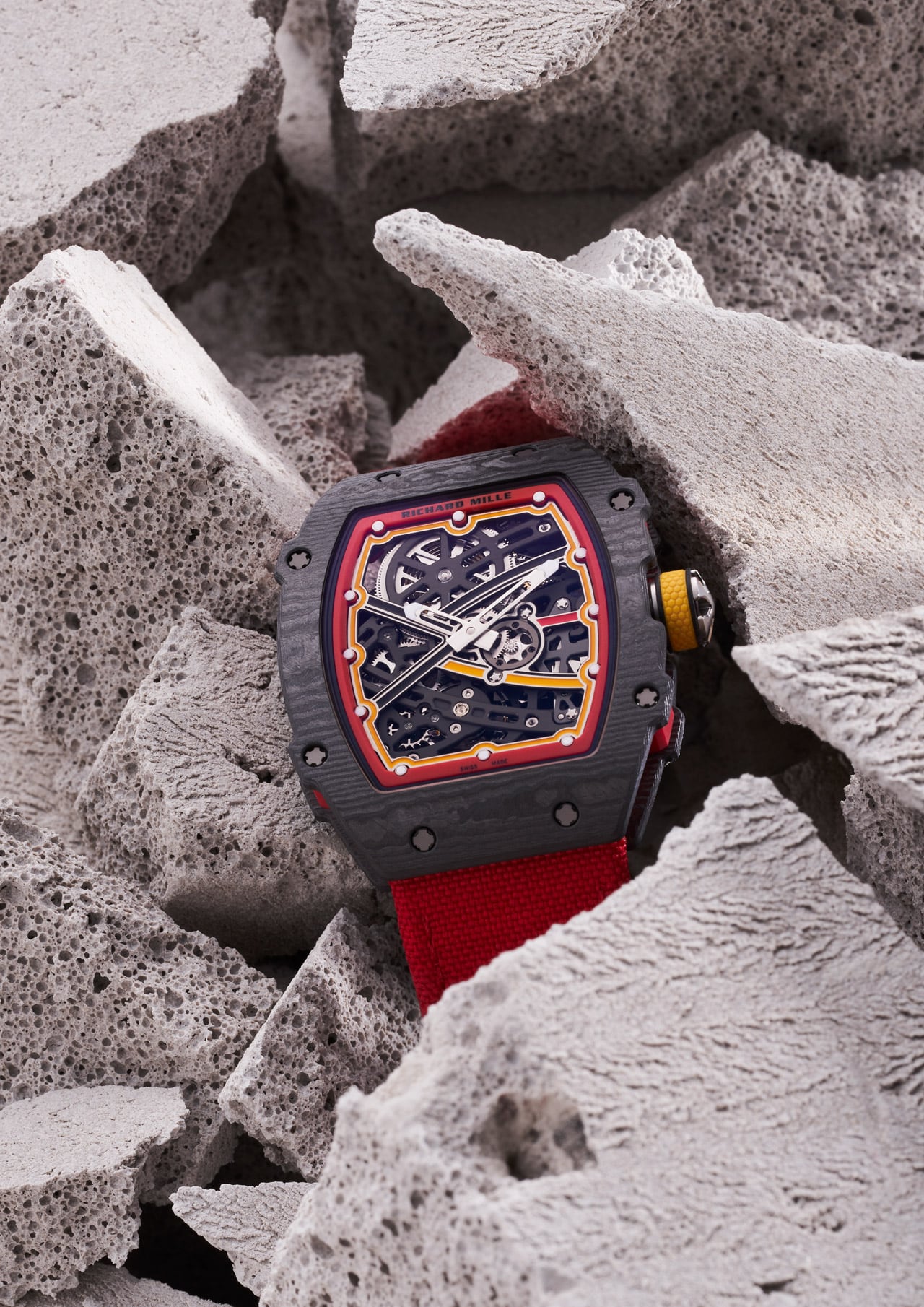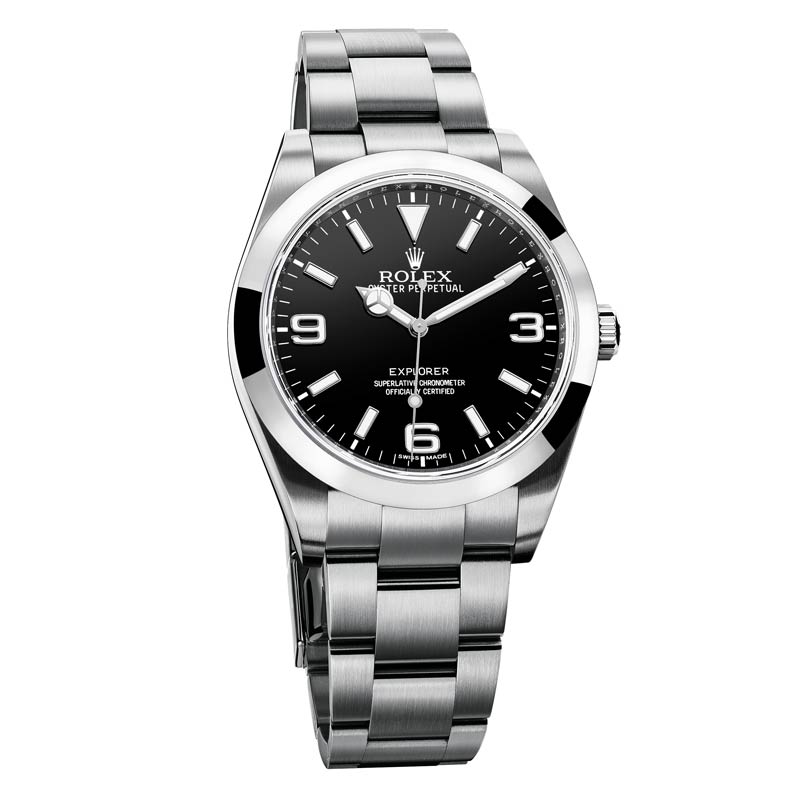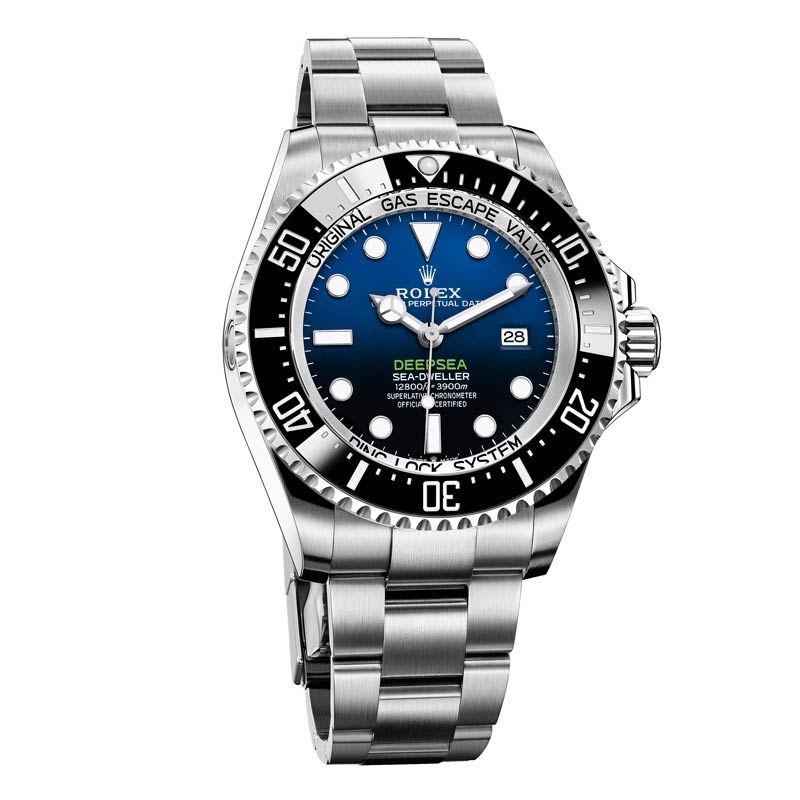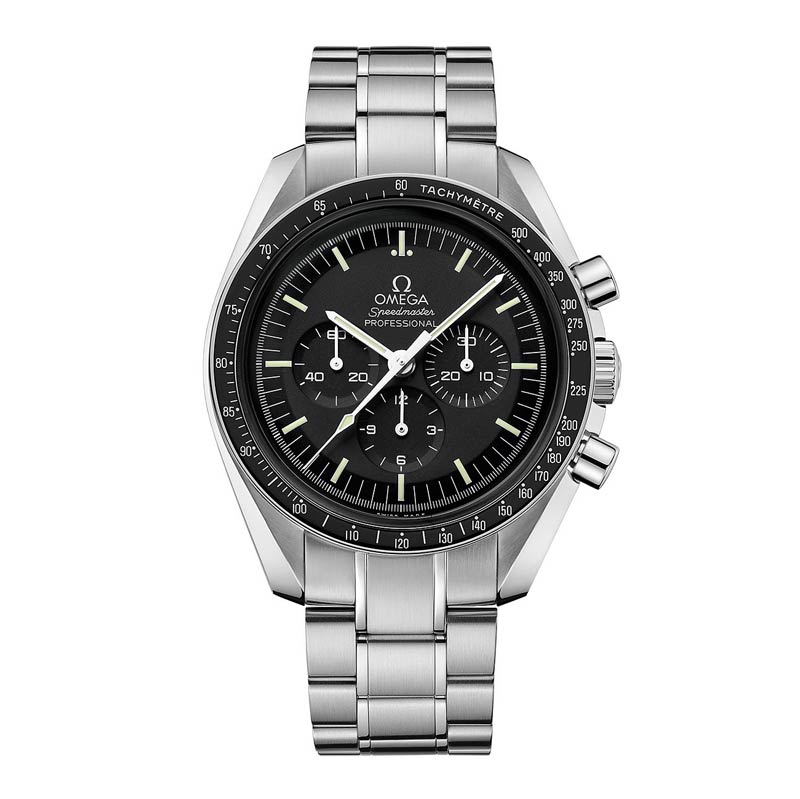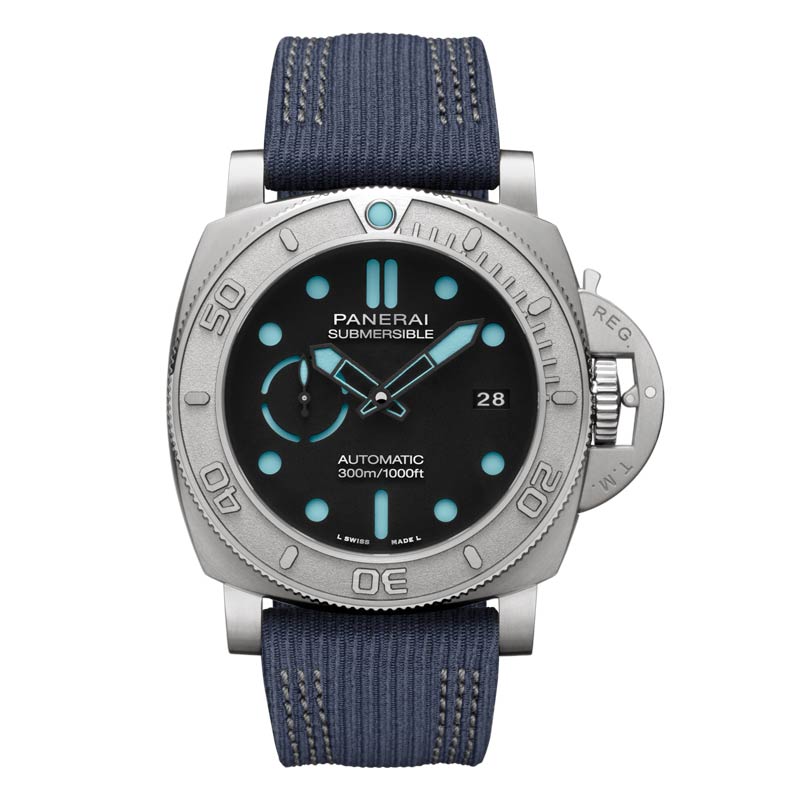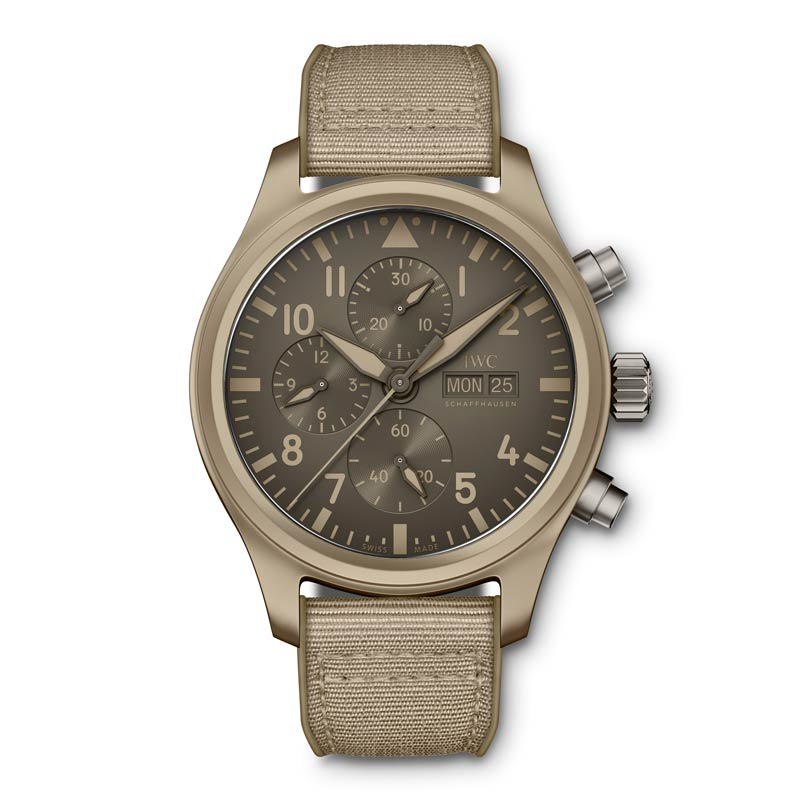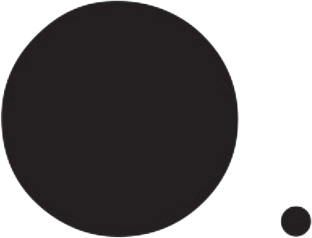It has been 10 years since you participated in Singapore Idol. How would you describe the following formative years?
I started performing when I was 16, and I spent much of my time trying to figure out who I was as a person. I was a nobody who was thrown into the limelight. Suddenly, everyone knew who I was. I had to go through a period of trial and error after to figure out what I liked and disliked. At the same time, choosing the people who I surrounded myself with was also very important.
Who has stuck with you from the beginning?
I want to give a shout-out to my stylist, Adam Choong. He has been with me since I was 18. I’ve also got friends like Ungku Fathin who have been supportive since day one. I am obviously grateful for my family who have always grounded me. You can pretty much conquer everything if you surround yourself with the right people.
How has fame changed your life?
I struggled with it a lot when I first started out because I’m a very private person. When I’m in a club, I have to stay extra friendly, even when I’m in the restroom because girls are always asking for selfies. Over the years, I’ve been able to compartmentalise the idea of fame as part of my job. I’ve never thought of doing what I do because I want to be famous. I’m not interested in that; I sing because I enjoy doing it.
Some of your singles speak about having a strong facade as a woman. Where does this notion come from?
I grew up in a family with strong, opinionated and loud Indian women. I’ve been taught that if I want things done, I should do it myself and not depend on anybody to get the job done. A lot of the songs relate to what I’ve been through. Before Sony, I was with a recording label and it didn’t work out well. I went through this awkward period where I was super insecure and didn’t feel good about myself. Thankfully, I managed to find a way to make it work. I’d be miserable in a 9-to-5 job.
What do you do, who do you go to and where do you go to find your sanctuary?
I like having time on my own. I have always embraced having my own space. I value time when I get it and I feel it recharges me. I need to have those moments otherwise I’ll get burnt out. The sound of water calms me. I enjoy taking a walk through nature too. After that, I’ll be fine. If I need to talk to somebody, I’ll go to my best girlfriends.
Do you have any insecurities?
People think that I’m unfriendly because I have a resting bitch face. It’s something that I’m very insecure about, so every time I enter a room I’m always elevated. It has gotten better now. It used to be worse when I was a teenager because you want everyone to like you.
Are you afraid of failure?
I am very afraid of failure. I am very afraid of not meeting my potential. I have high standards for myself, but I think everyone does.
Personally, what has been your most dramatic failure?
I’m always afraid that I won’t be a good sister or friend because of my busy schedule. I don’t have a normal 9-to-5 job so I may be on a shoot on a weekend and have a friend texting me for help. I’m worried that I may not have the capacity to be at the shoot while being there for my friends and family. I’m always trying my hardest but it’s tough.
What sacrifices have you made to advance in your career?
I had to give up doing fun stuff. Obviously, I can’t be going out as much. I didn’t have the full polytechnic experience because I participated in Singapore Idol. I don’t feel like I’m missing out. If I hadn’t done it that way, I wouldn’t be doing what I’m doing now so I’m completely fine with it.
Besides music, do you have other passion projects?
I’ve focused on music my whole life. I’m into fashion as well and would like to try my hand at acting.
Name some actresses you look up to.
I love Jada Pinkett Smith, Zoe Saldana and Zoe Kravitz.
Which television series did you wish you could be a part of?
I’ve always wanted to play a badass police investigator, so I’ll be in Criminal Minds.
In terms of fashion, how would you describe your style?
I love streetwear. I’ll never move away from it because I’m so comfortable in it. I grew up listening to hip-hop. I’m pretty sure that even after the trend goes, I’ll still be in it.
What is your proudest achievement in your life so far?
That I still have a career in music after 10 years.
What has been the most surreal moment?
It would definitely be opening for Khalid when he performed in Singapore last year. There were so many concert attendees and everyone was singing along. It was insane. This must be what it’s like to have your own concert. I left the stage with goosebumps because it was so wild. I want to do it every freaking night.
Looking towards the future, what are you most excited about?
I’m excited to be putting out more music and possibly tour around the region as well. I’ve always had my sights beyond Singapore.
